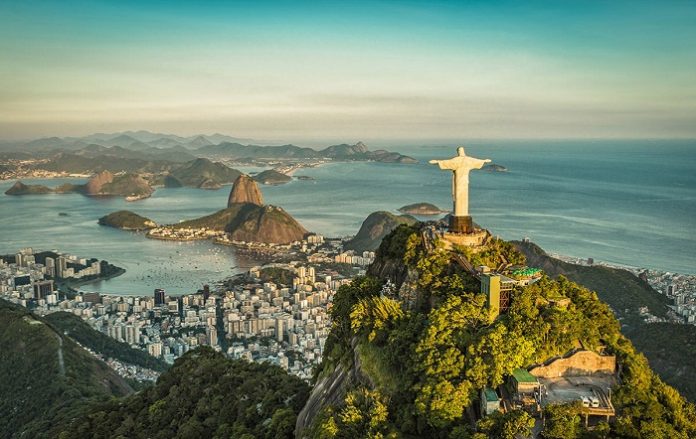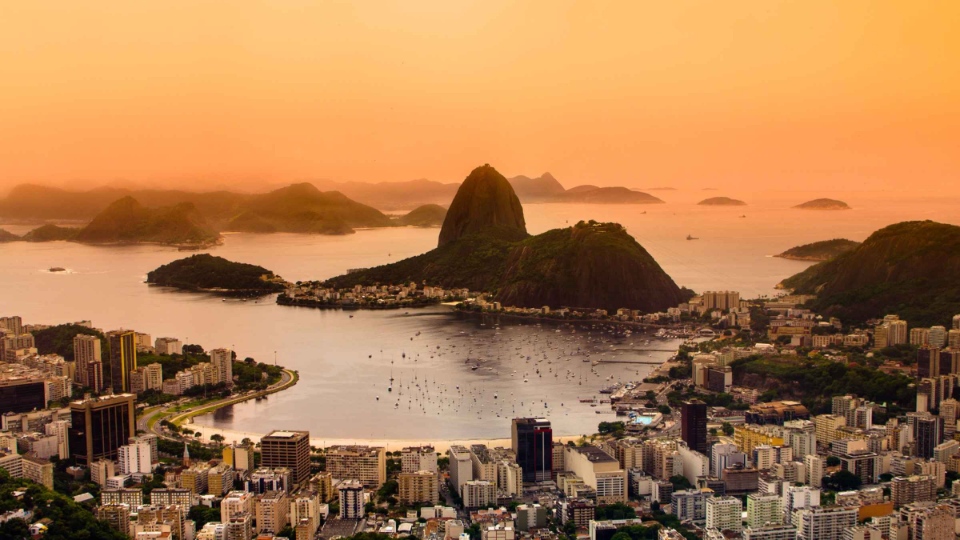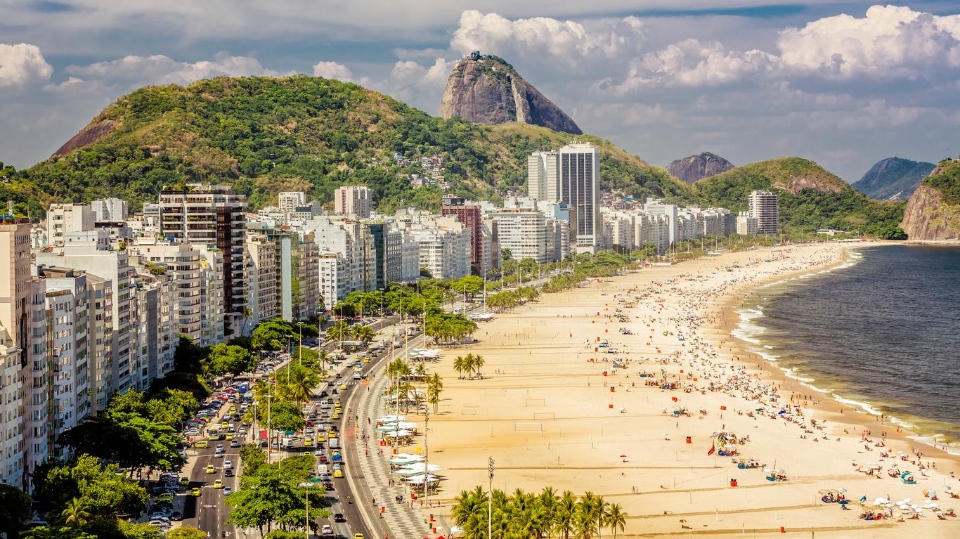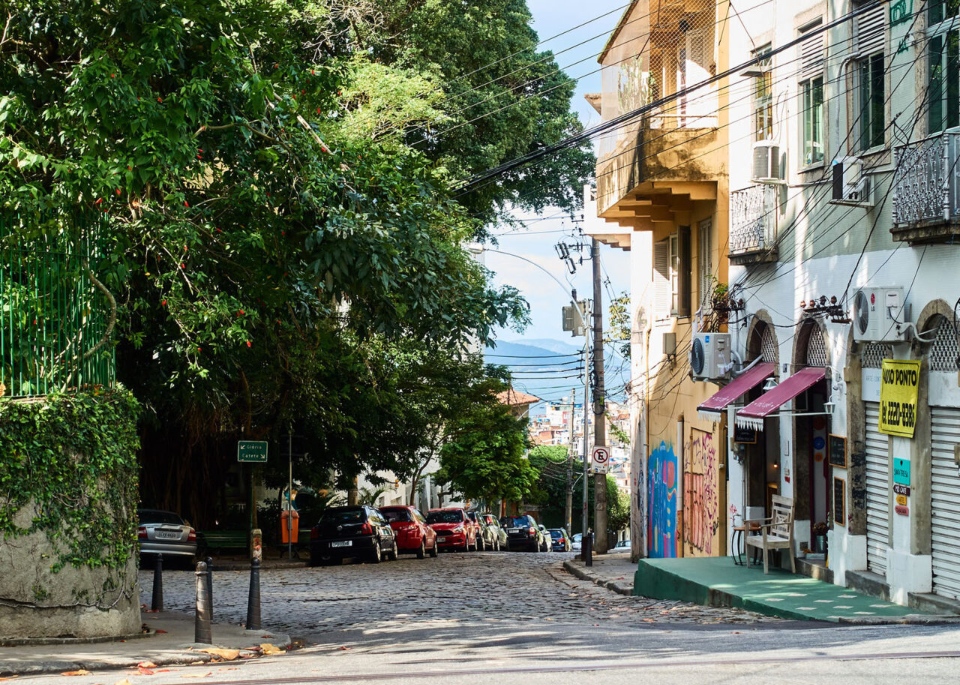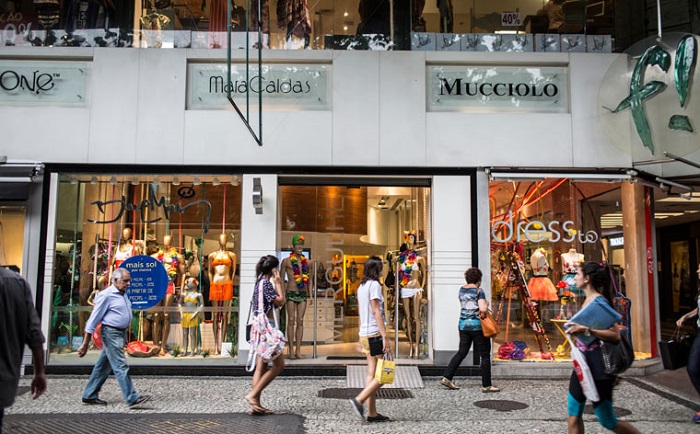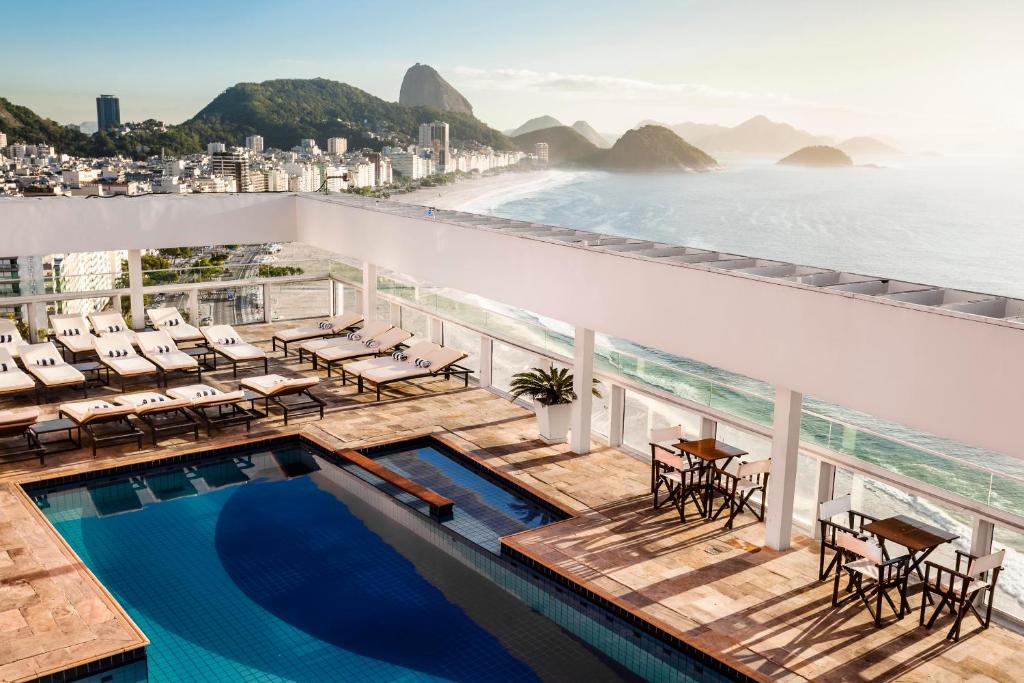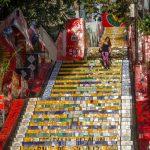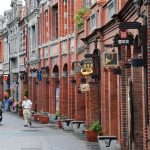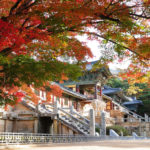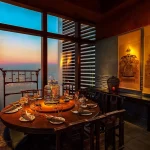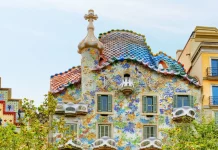Rio de Janeiro has beautiful natural scenery, stunning tropical beaches with fine white sand and warm waters, sparkling golden sunshine. Rio de Janeiro also has a unique culture, vibrant festivals, laidback and friendly people. Tourists also call the city’s name Rio for short. With a typical tropical climate, wonderful landscapes, vibrant street festivals and top-notch matches, etc., Rio de Janeiro is one of the most famous and attractive tourist destinations in Brazil as well as around the world. So, is Rio de Janeiro worth visiting, what to do and how to plan a perfect budget trip to Rio de Janeiro for the first-time? Let’s check out our Rio de Janeiro travel blog (Rio de Janeiro blog, Rio travel blog, Rio blog) with the fullest Rio de Janeiro travel guide (Rio de Janeiro guide, Rio travel guide, Rio de Janeiro tourist guide, guide to Rio de Janeiro) from how to get there, best time to come, where to stay, best places to visit, what to eat and top things to do to find out the answer!
- What to buy in Brazil? — 18+ must-buy souvenirs & best things to buy in Brazil
- Exploring Recife — The “Venice” of Brazil
- 10 best places to visit in Rio de Janeiro Brazil
- The ultimate guide to Hongdae. Seoul’s HOT Shopping, Dining & Entertainment Neighborhood
- Hongdae travel blog — How to visit, what to do in Hongdae & what to eat in Hongdae?
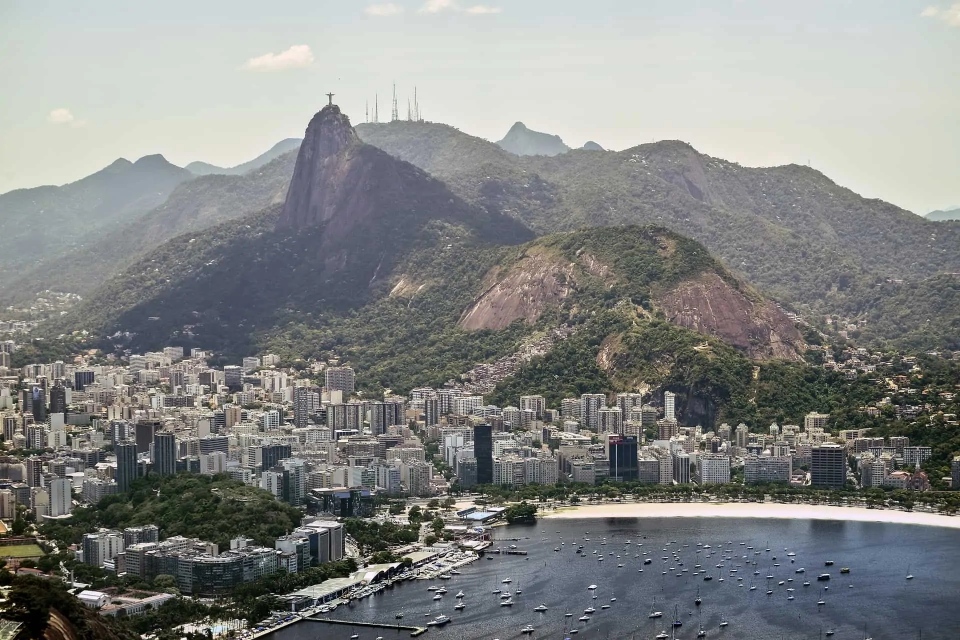
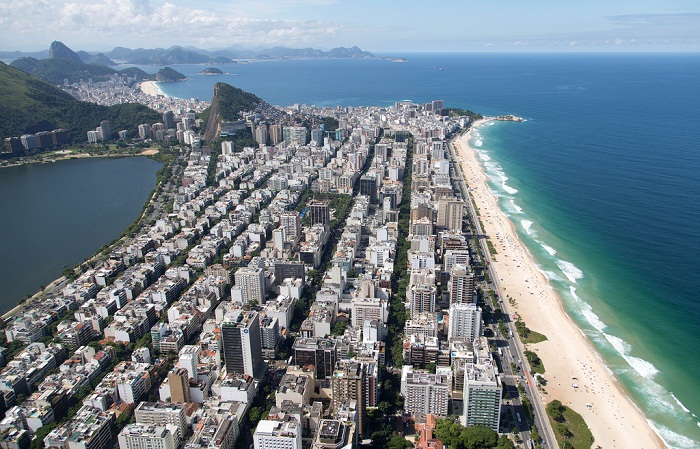
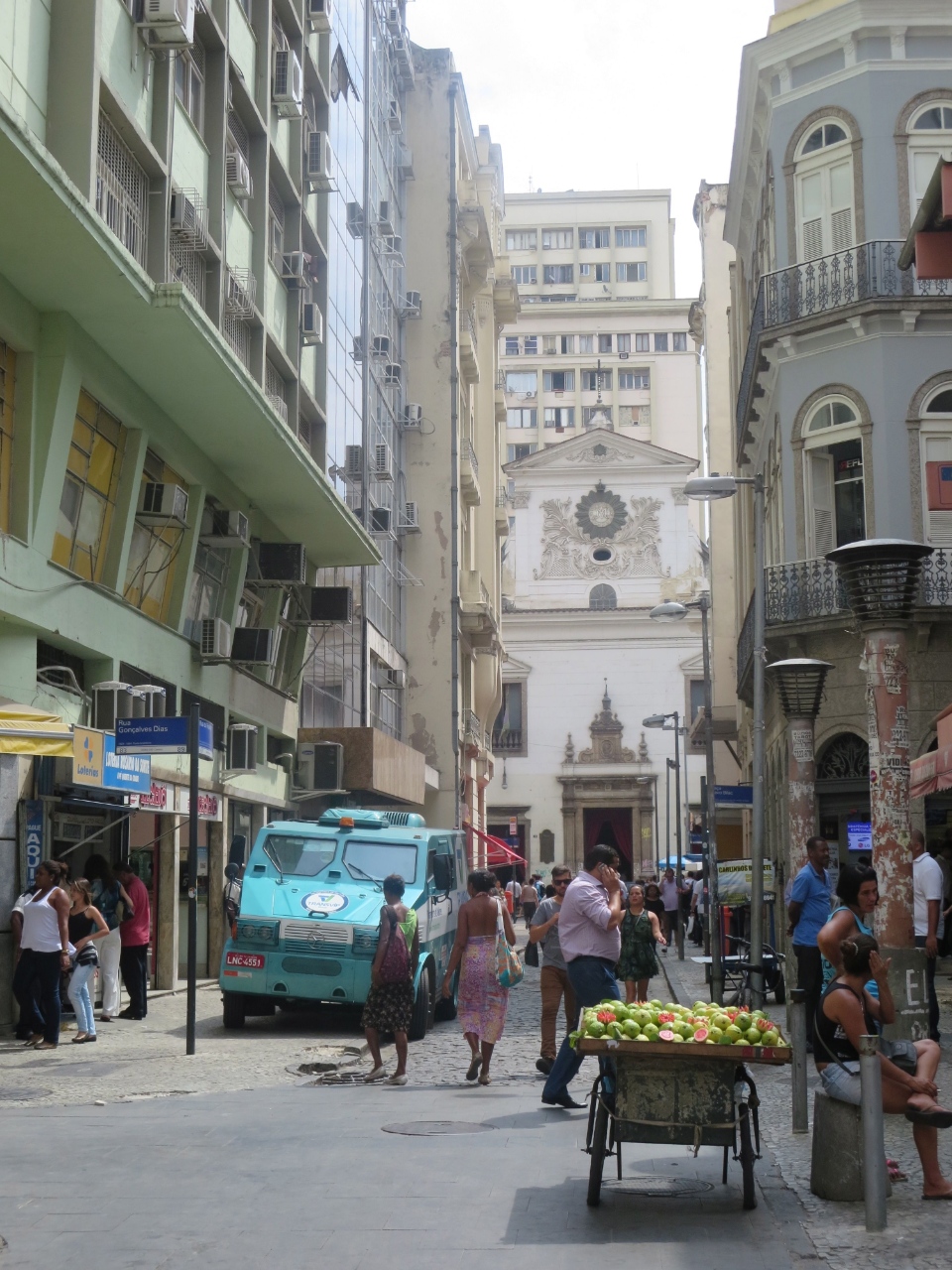
Rio de Janeiro travel blog: Overview of Rio de Janeiro
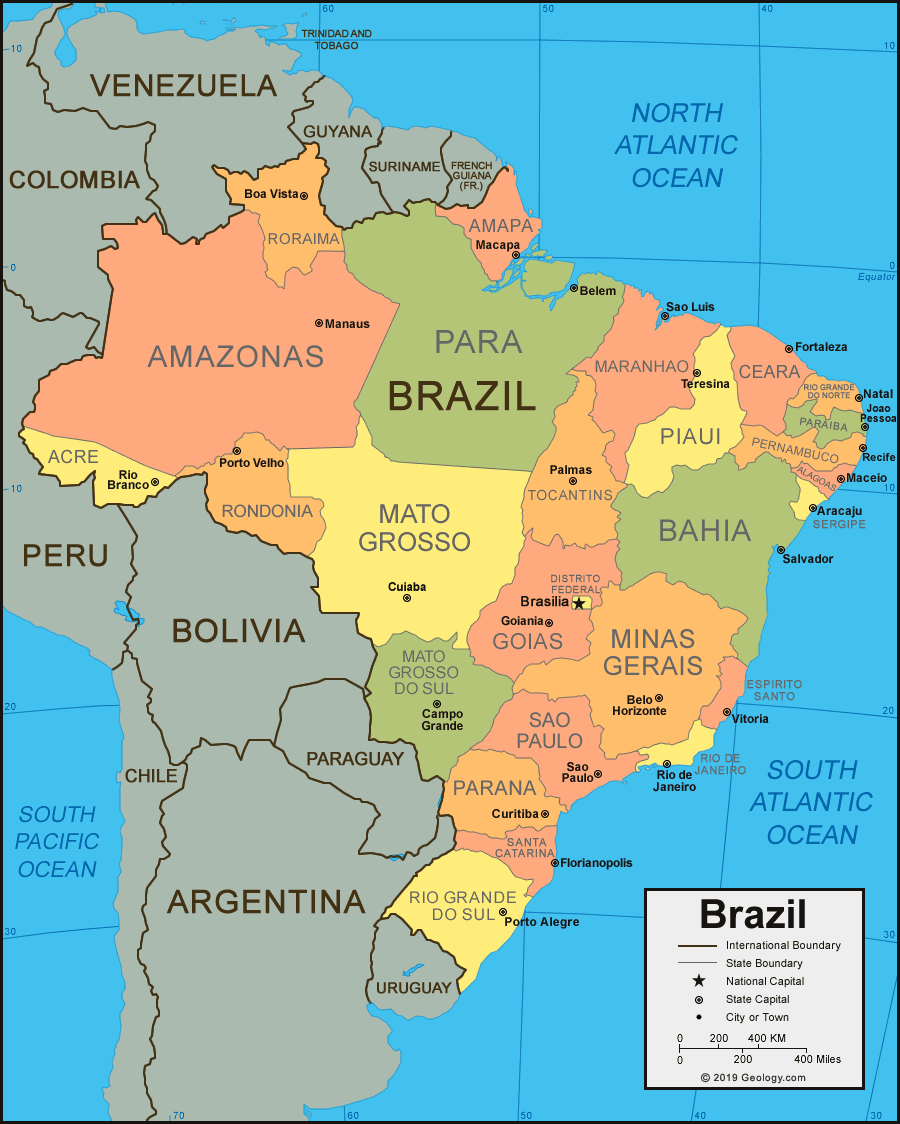
Rio de Janeiro is a city in the south of Brazil. Traveling to Brazil without visiting this magical city is not complete. Rio de Janeiro covers an area of about 1,200 km² km2 with the current metro area population of nearly 13.7 millions people (2022), famous for its magnificent scenery, carnival festivals, samba and other unique types of music.
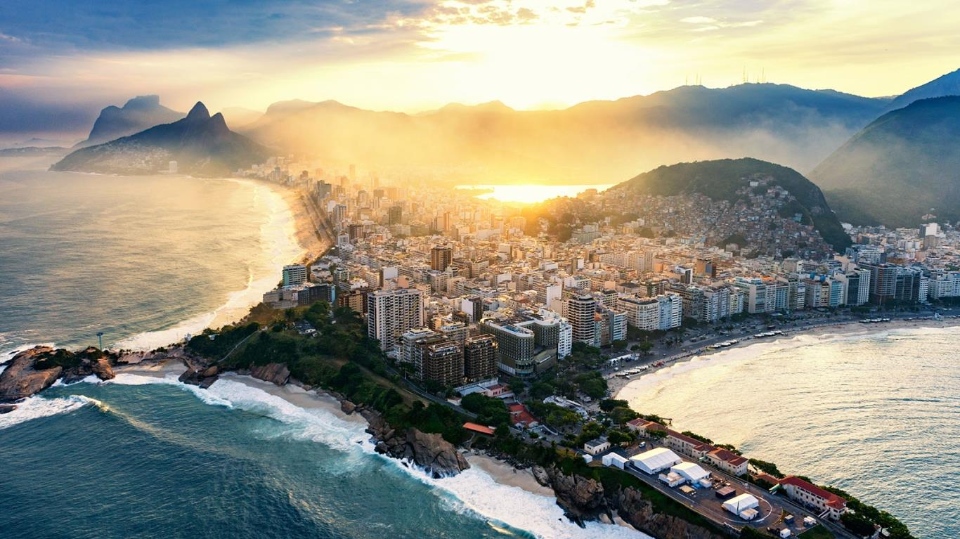
The name Rio de Janeiro in Portuguese means “River of January” and is often referred to as Rio. This city was once the capital of Brazil in the period of 1763 – 1960 and of the Portuguese Empire from 1808 – 1821. Referring to tourism in Rio, people often remember the vibrant samba dances, colorful and vivid carnival festivals, romantic stretches of beach. There is a statue of Jesus standing on the top of a mountain facing the sea that has become the symbol of the city of Rio.
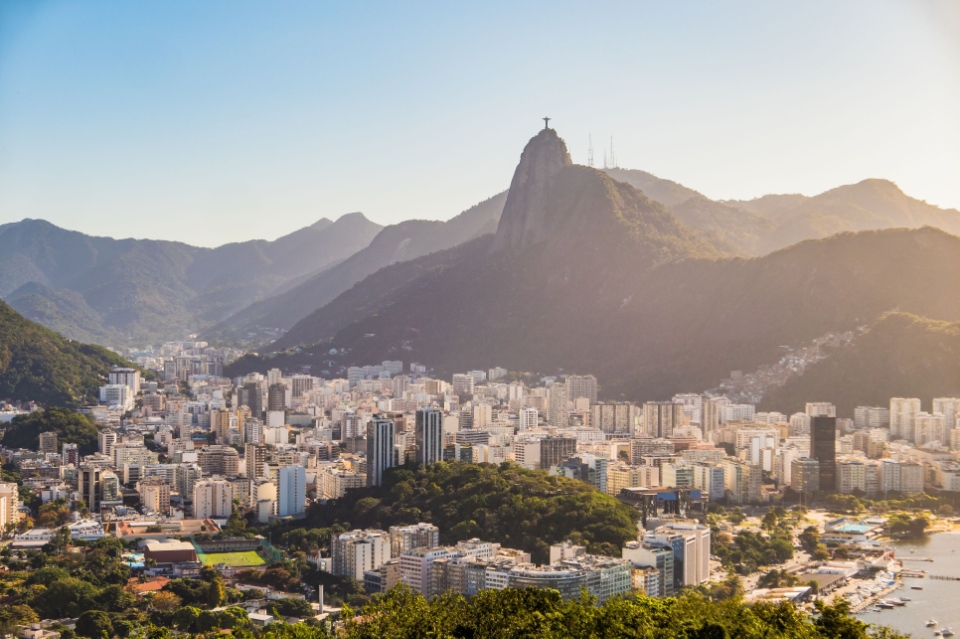
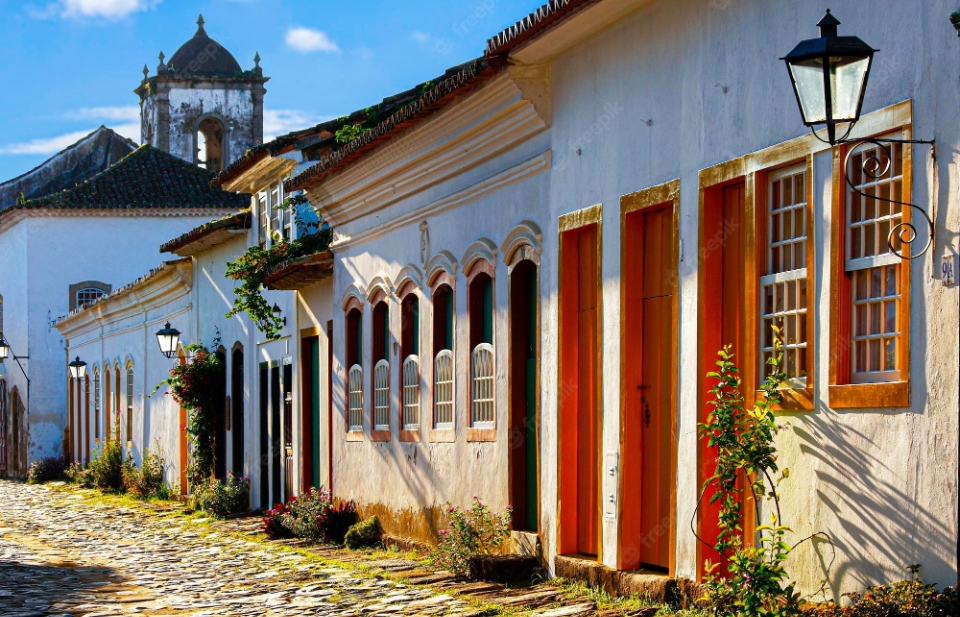
In the early 19th century, Rio was once a city of slaves. In 1840, the number of African slaves who arrived in Rio was 220,000. The port of Rio de Janeiro was also the largest slave port in the Americas. Since Brazil’s independence in 1822, people in Rio de Janeiro have lived mainly on sugar cane farming and coffee farming in the valleys. The population that immigrated to Rio was mainly the poor of the empire, who later got rich quickly through industry and small business in Rio de Janeiro.
As a political center of Brazil, Rio de Janeiro has witnessed many historical periods and the heroic past of its nation and country. UNESCO recognized Rio de Janeiro as a world heritage site in 2012 (Exactly for a Carioca landscape area between the mountains and the sea). Today, Rio is a must-visit destination of any visitor when they traveling to Brazil.

Rio de Janeiro blog: When is the best time to visit Rio de Janeiro?
Rio is located on a stretch of the Atlantic coast, belongs to a tropical savanna climate, so the rainy season lasts from December to March next year, the temperature sometimes reaches the peak of 40 degrees Celsius in the summer, however, the annual average temperature ranges from 21 to 27 degrees Celsius. Rio often effected by cold air waves from Antarctica, so the autumn and winter weather is also colder, but compared to other European and Northern America countries, it is insignificant.
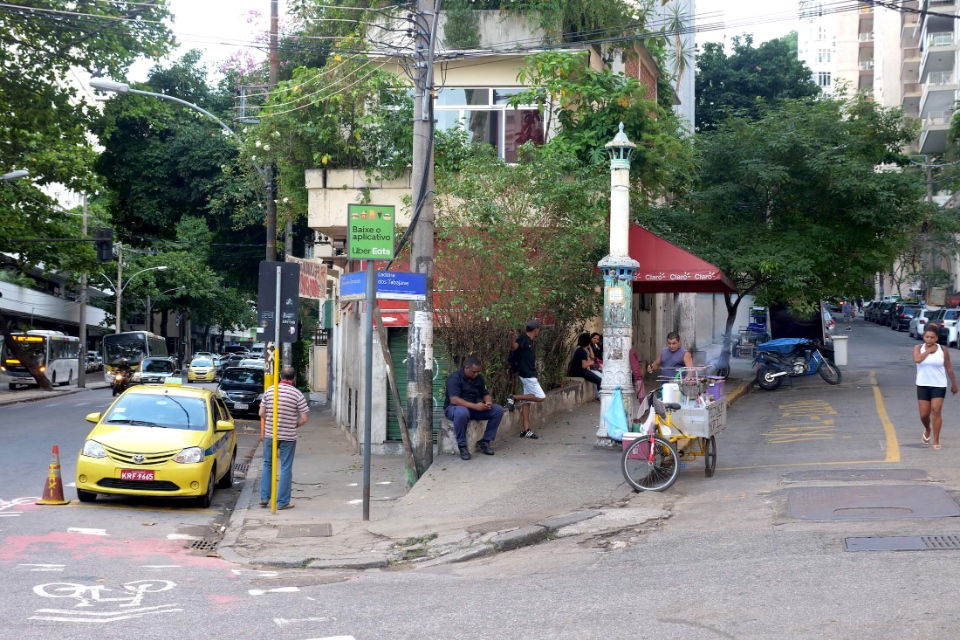
In inland areas, the temperature on summer days is usually above 40 degrees Celsius although it is rare for long periods, there are days when the temperature is just above 27 degrees Celsius. In general, the climate in Rio de Janeiro is quite dry and hot all year round. Therefore, if you plan to travel to Rio de Janeiro, do not forget to bring sunscreen.
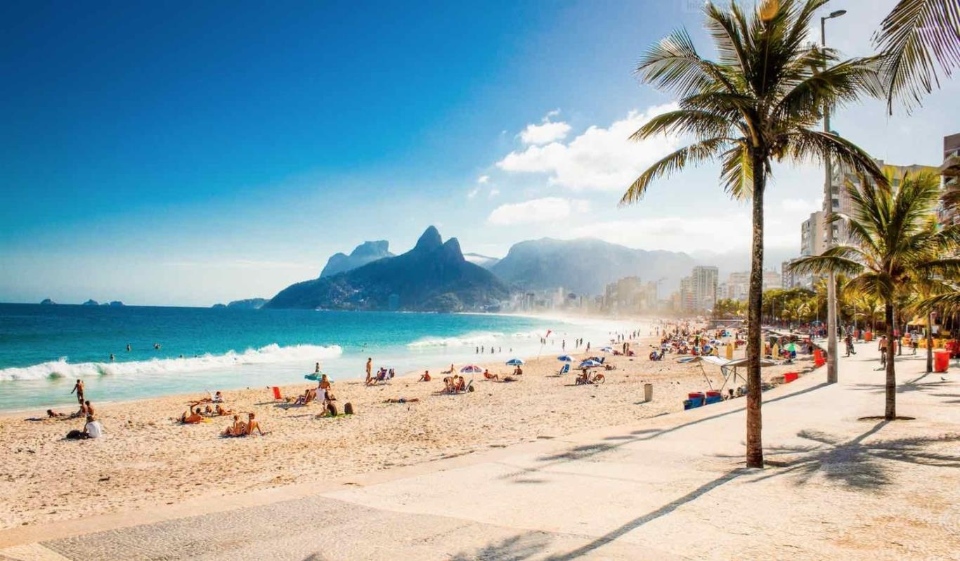
The most ideal time to travel to Rio de Janeiro is during the Carnival season in February every year, when the weather is quite cool, pleasant, convenient for walking, sightseeing and participating in outdoor activities. This is also the time when the very fascinating and exciting Carnival festival will take place in Rio, attracting hundreds of thousands of people from all over the world to participate. This is the most attractive carnival of the year, also known as the festival of love. When participating in the Rio Carnival, people will dress up in splendid and colorful costumes, especially colorful feather headdress. It will not be difficult for you to join the parade dancing around the streets with fiery dancers in a colorful space and vibrant, bustling atmosphere.

Rio de Janeiro travel guide: How to get to Rio de Janeiro?
Currently, to getting to Rio de Janeiro, the best way is travel by plane. However, currently from Vietnam, there are no airlines that open direct flights to Rio de Janeiro. You are forced to transit at 1 or 2 locations. There are many airlines to choose from such as Qatar Airways, Hong Kong Airlines, Vietnam Airlines. However, to save traveling costs, you can choose 1 of 2 low-cost carriers: Iberia (transit in Madrid) or TAP (transit in Lisbon) and land at Galeão International Airport (IATA: GIG, ICAO: SBGL).
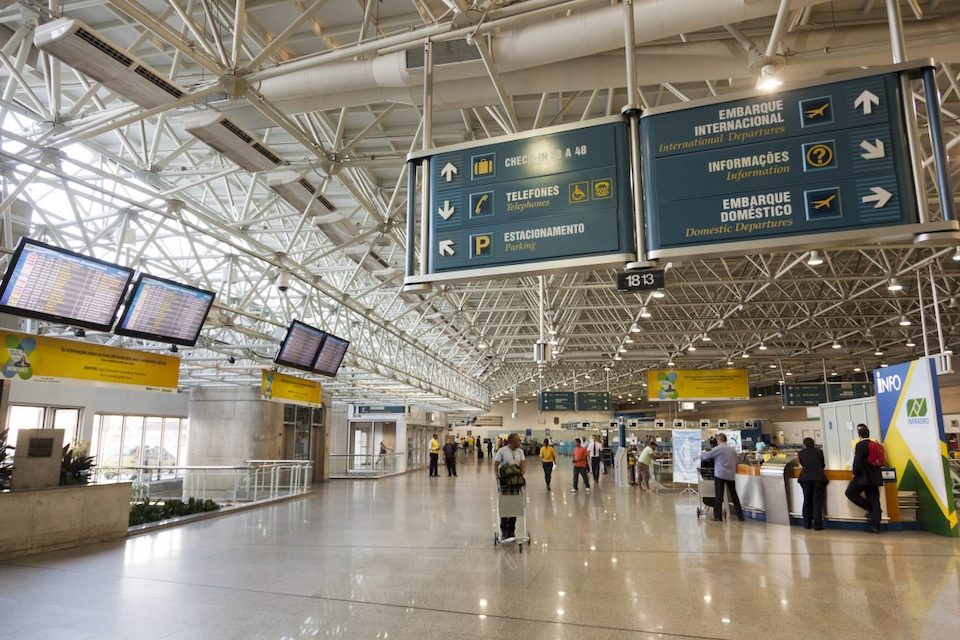
For visitors which depart from other cities around the world, you can access Google Flights, SkyScanner or Kayak to find best flights with suitable routes and cheap airfares.
For other ways to get to Rio, you can refer here.
Rio de Janeiro guide: Getting around Rio de Janeiro
When you arrive at the airport, you can take a taxi or take the subway to get to the city center. However, to save money you should go by subway because the taxi cost here is quite expensive. In Rio de Janeiro, traveling by subway is safe, convenient and clean. Train ticket price is only around 3.2 Reais (equivalent to about $0.61).
The subway is very safe, clean and fast, and the fare is also cheap, saving you money.


Traveling between famous attractions, you can use a bus, rent a bicycle, a long-distance taxi or a kombi (the Volkswagen Microbus). There are more than 60 bicycle rental stations in Rio de Janeiro, so you don’t have to worry about not knowing where to rent a bike. As for remote destinations, you should use a kombi because this vehicle is small, cheap and going faster than a bus.
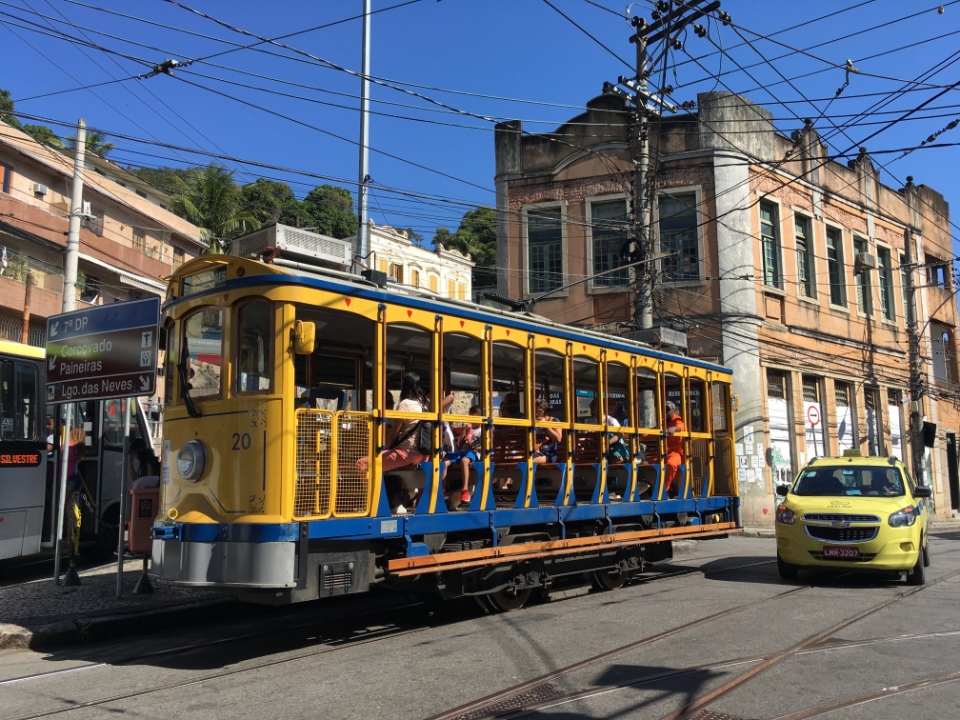
If you want to visit places to visit, you can go by bus, or rent a bicycle or motorbike taxi. A type of vehicle commonly used by tourists in Rio de Janeiro is a bicycle and it is not difficult to rent.
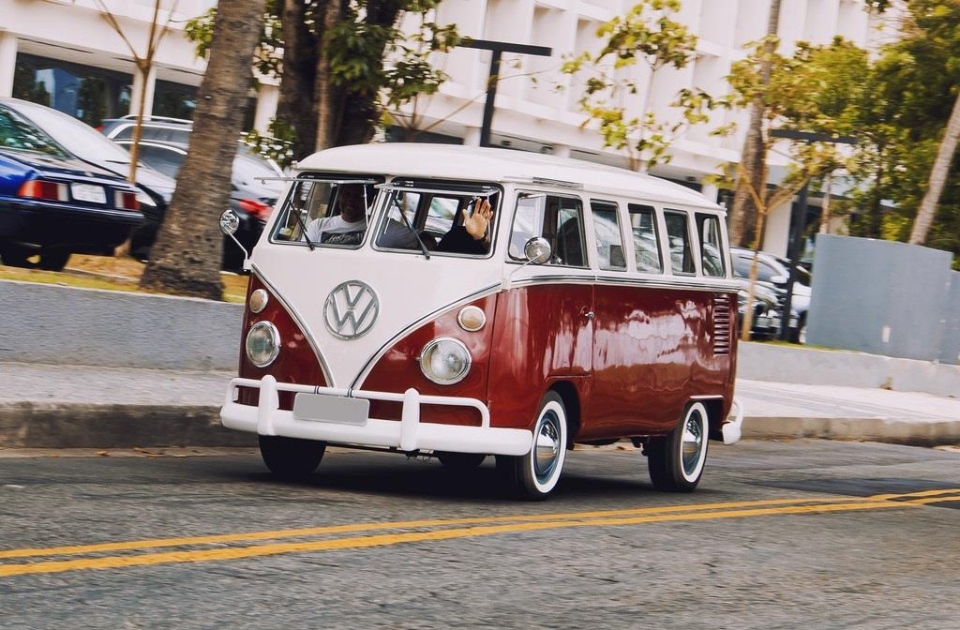
Rio de Janeiro travel blog: Where to go, what to do in Rio de Janeiro?
Statue of Christ the Redeemer
Address: Parque Nacional da Tijuca – Alto da Boa Vista, Rio de Janeiro – RJ, Brazil
Hours: 8AM–7PM

Statue of Christ the Redeemer is a famous religious symbol of the city of Rio, located on the top of the mount Corcovado with 700m high, facing Guanabara Bay. The statue was recognized one of the new 7 wonders of the world and is known as the world’s most famous statue of Christ. The statue is 30m high, placed on an 8m high pedestal, has a 28m arm span, weighs about 635 tons, is the world’s 5th largest statue of Christ. The statue is made of reinforced concrete and metamorphic rock (steatite or soaprock), construction started in 1922 and completed in 1931.
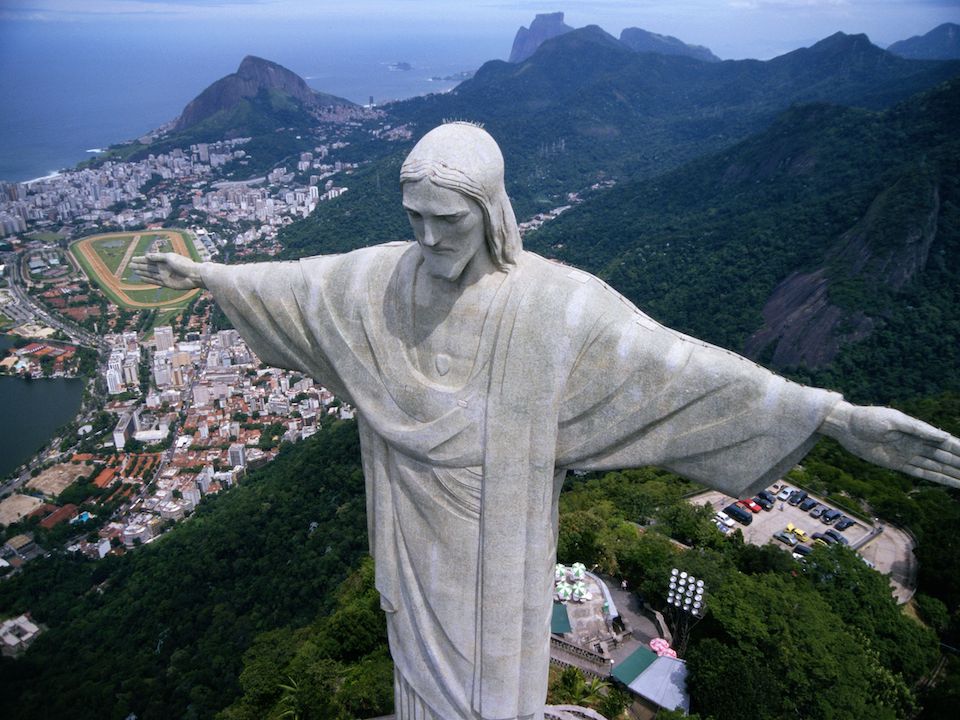
The statue of Christ the Redeemer, designed with open arms, is a symbol of peace, becoming a cultural icon for the whole city of Rio de Janeiro in particular and Brazil in general. The statue of Christ is made of reinforced concrete and metamorphic steatite, the largest art deco style ever.
Visitors can take the train, car, taxi or cable car to reach the top. However, you should experience with train to admire the heavenly landscape of Tijuca National Park. In 2007, the statue of God was honored as one of the new 7 wonders of the world by the New7Wonders organization.
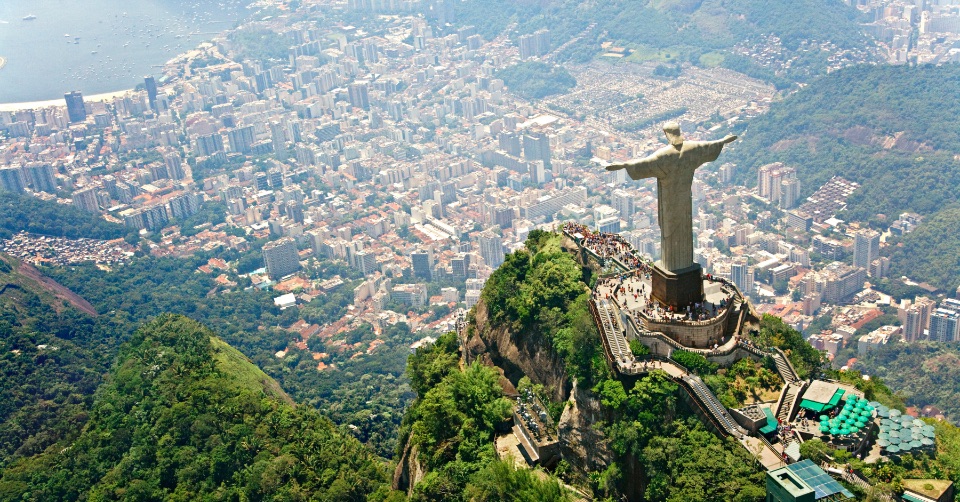
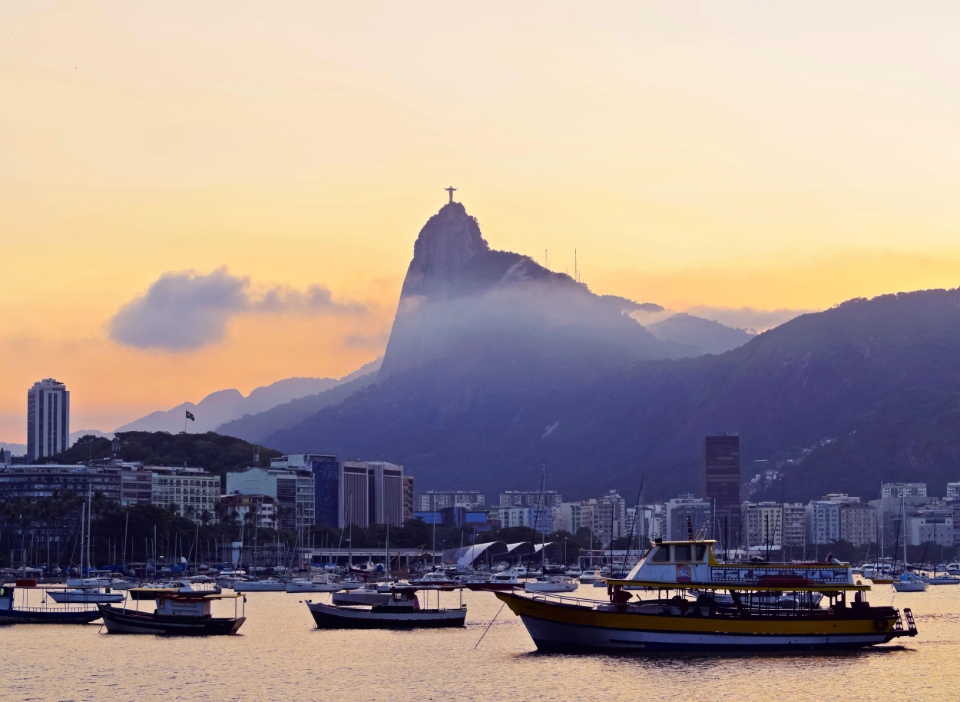
Paradise Beaches
Rio De Janeiro owns 80 km of coastline with warm water all year round. With an average temperature of 21 degrees Celsius, Rio de Janeiro is an ideal destination for those who love to relax on the beaches at any time of the year.
Copacabana
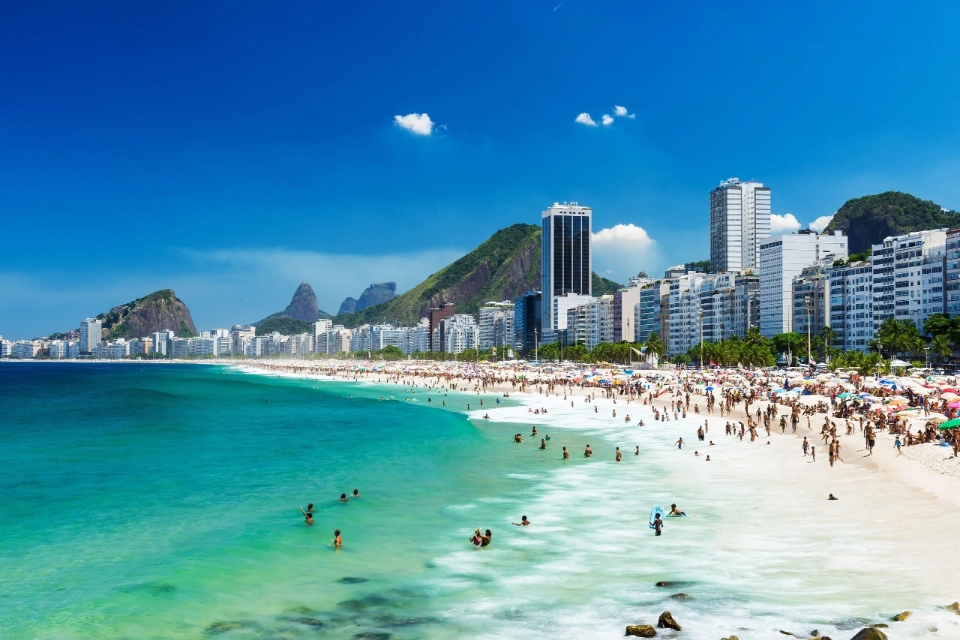
The beaches in Rio are clean, beautiful, the water is clear and quite warm. In particular, Copacabana is the most famous beach of this city. Copacabana stretching about 4.5 km, surrounded on both ends by towering mountains. This is also considered the most luxurious resort paradise in Rio city.
Along the beach is Atlantic Avenue running along the coast, between the avenue and the beach is a great seaside promenade, where you can go for a relaxing walk here. The beach area of Rio is very bustling all year round, you can see many tourists coming to swim, sunbathe, participate in beach sports activities, go for a walk or shop, watch movies, eat and drink…

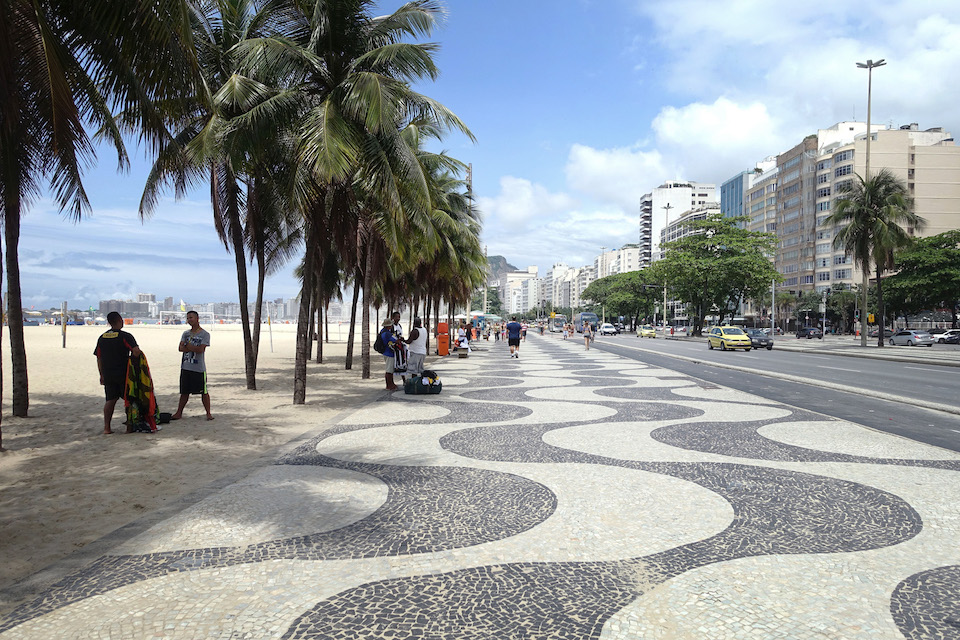
Ipanema
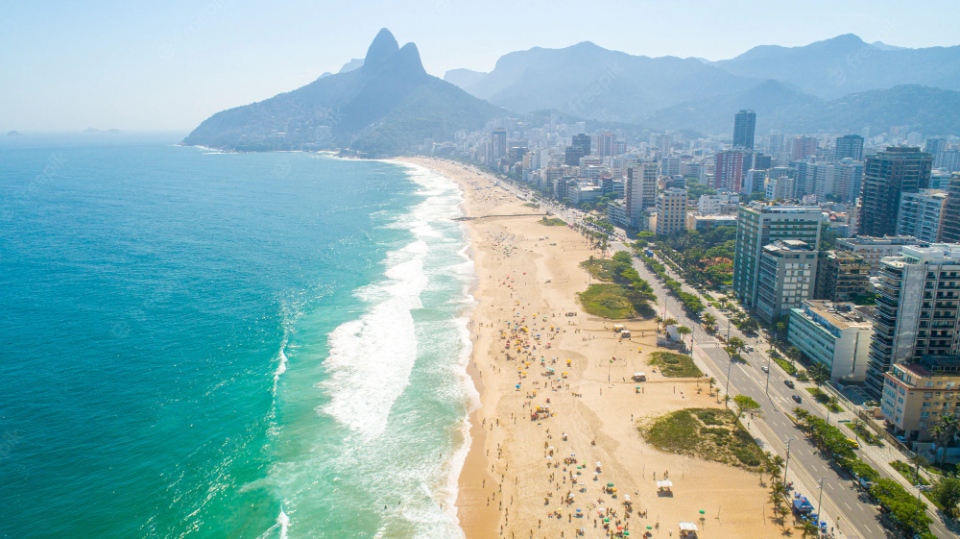
Another beach that is as famous as Copacabana is Ipanema. Ipanema is a gathering place with the most young visitors. Coming here, you will join the local people to participate in beach sports activities such as swimming, surfing, paragliding, canoeing, soccer, volleyball, futevolei, to sports that combine volleyball and soccer…
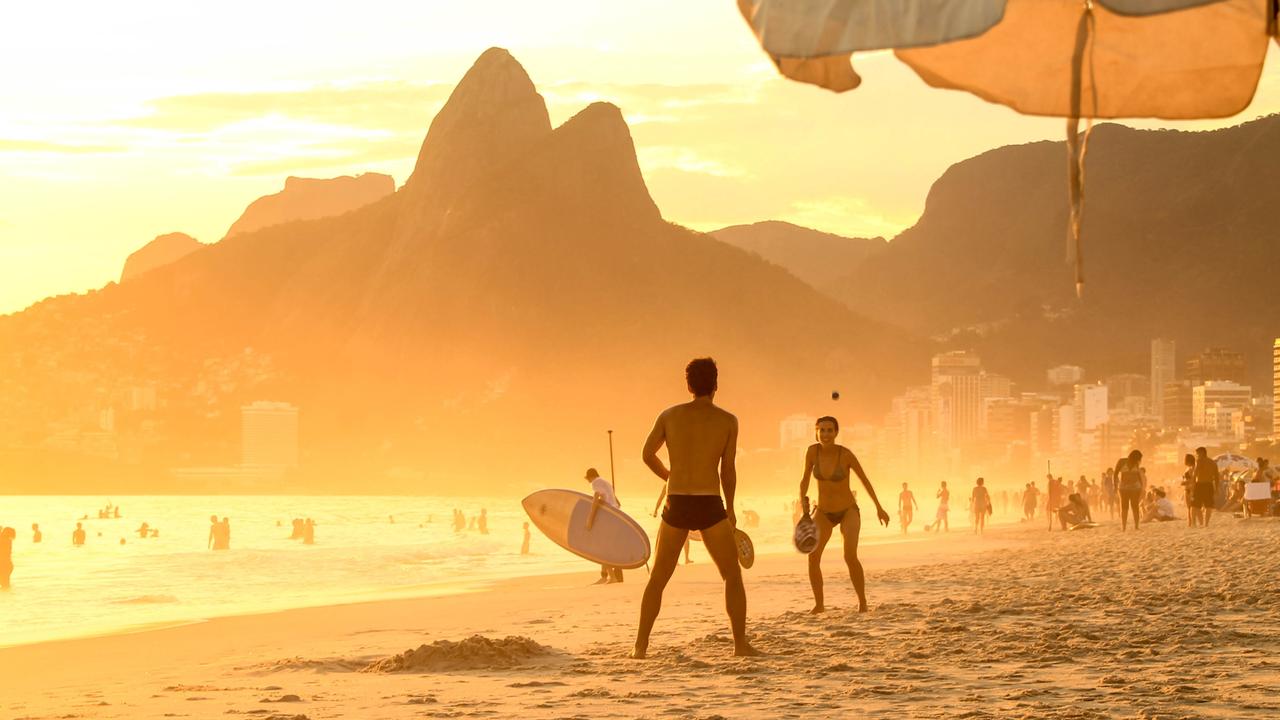
Grumari
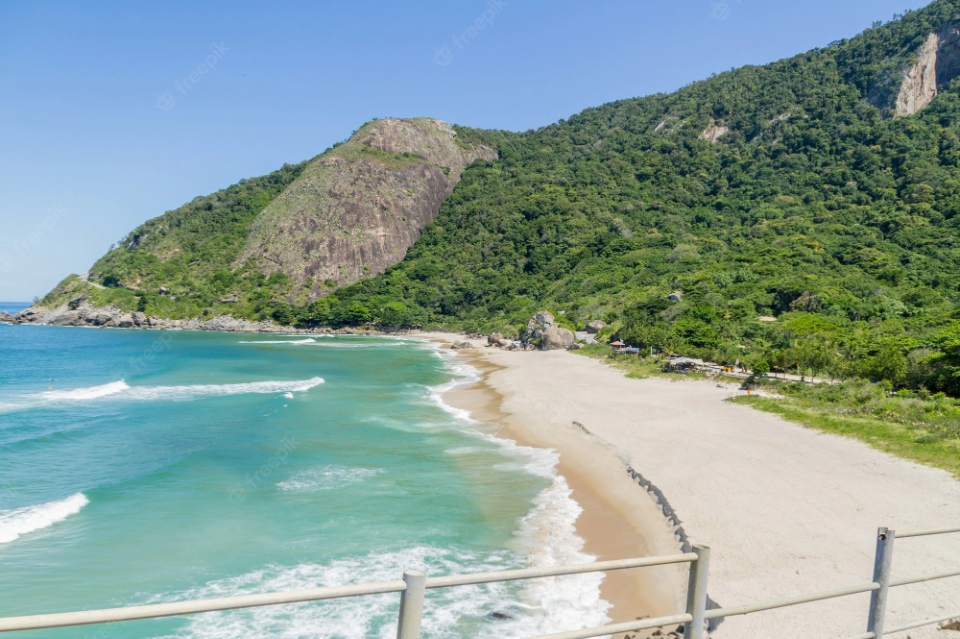
The Grumari beach is the best windsurfing spot in Rio De Janeiro. Grumari has big waves that are most suitable for windsurfing. This beach with golden sand is surrounded by rocky mountains, located almost isolated, giving visitors a very interesting rural experience.
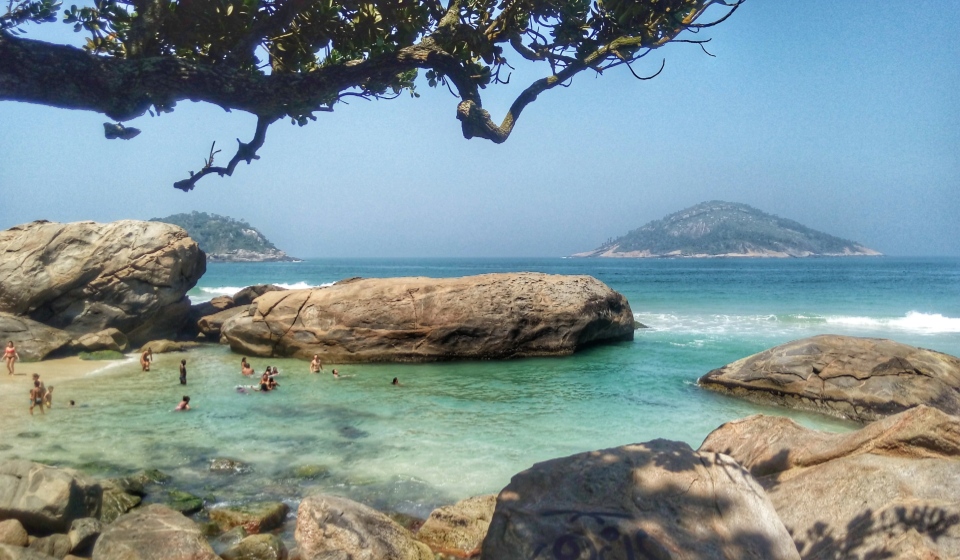
Arpoador
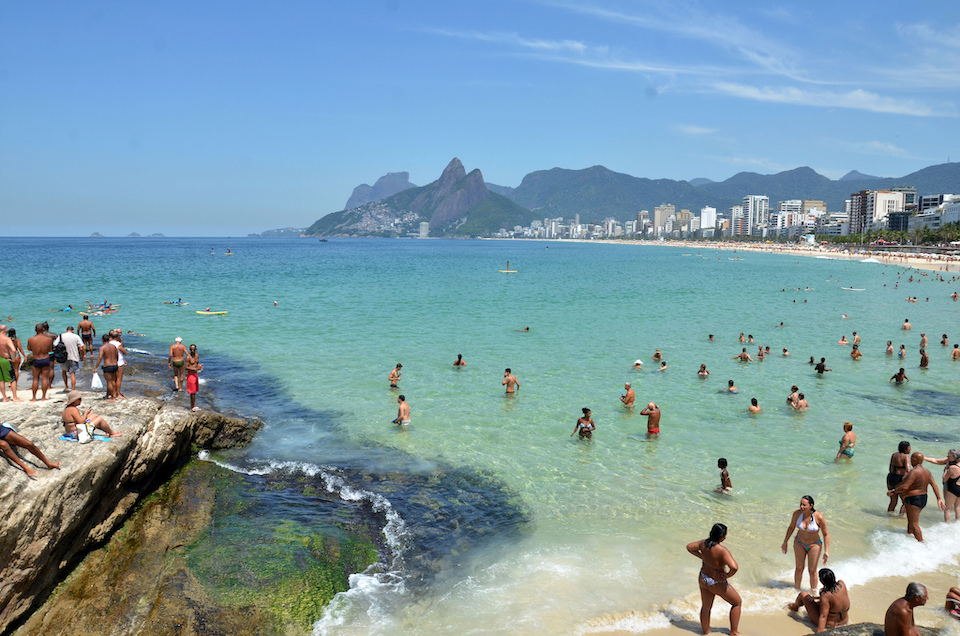
Located between Copacabana and Ipanema, this is the best place to watch the sunset over the cloud-covered mountains along the Arpoador coast. The scene will become fanciful and magnificent when the sun has just disappeared behind the peaks, leaving red streaks on the white clouds. At this moment, you can see surfers lounging on the beach resting while enjoying the picturesque scenery of Arpoador.
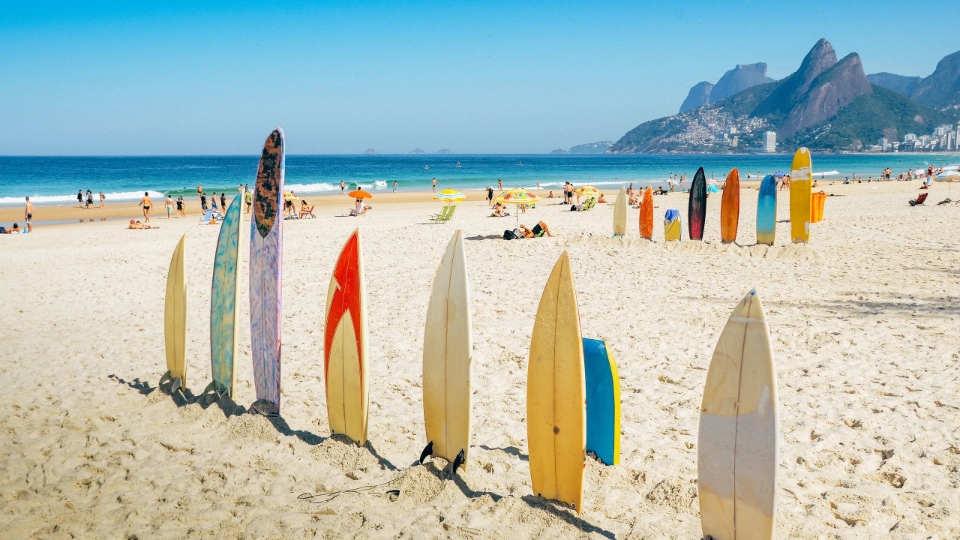
Prainha
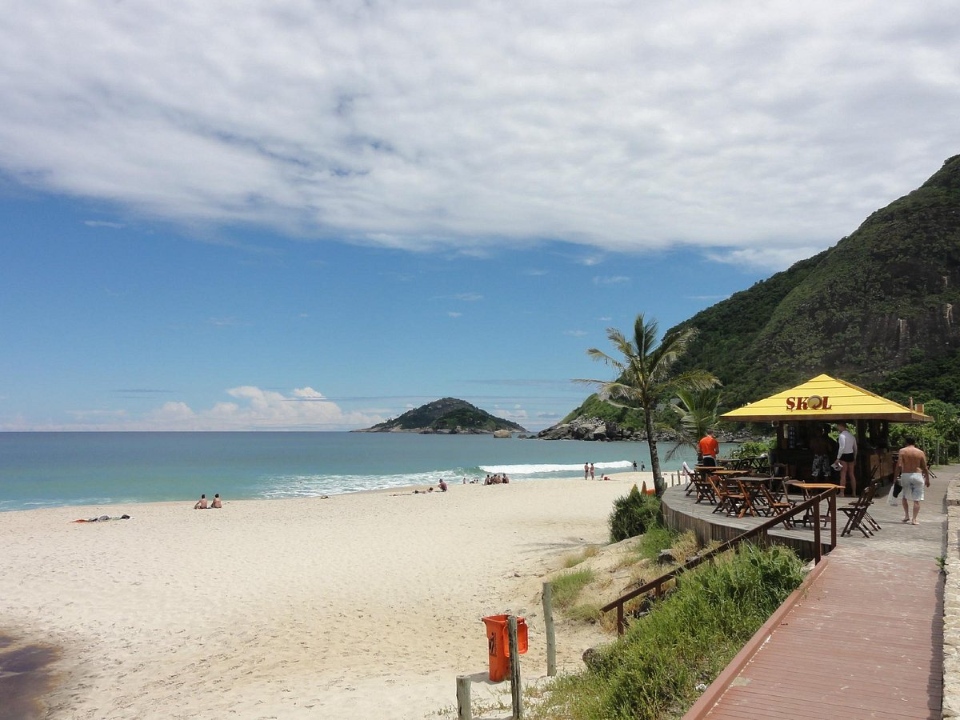
Prainha’s crescent-shaped sandy beach surrounded by mountains with crystal-clear blue sea water will captivate any visitor coming here from surfers, to families who want to enjoy the poetic beach, private and quiet. Here, there are many convenient stores selling food and drinks.
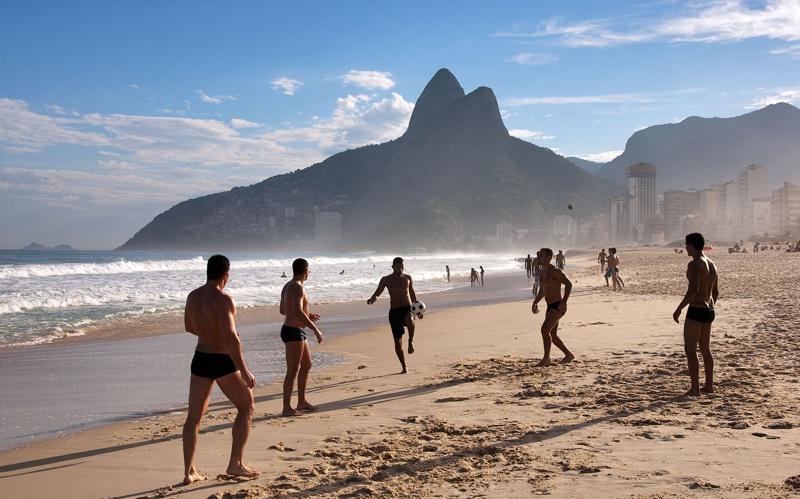
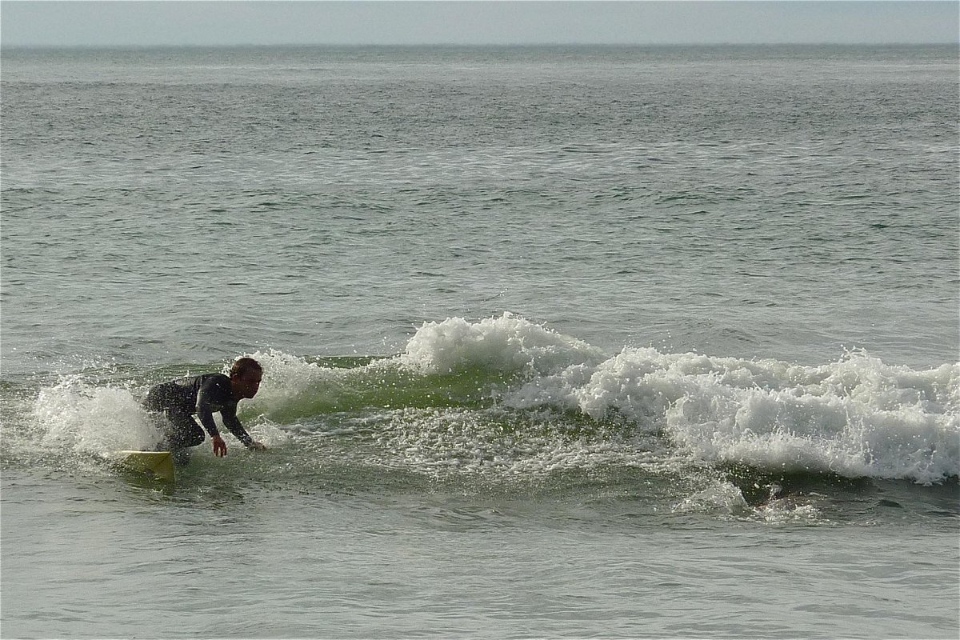
Barra Da Tijuca
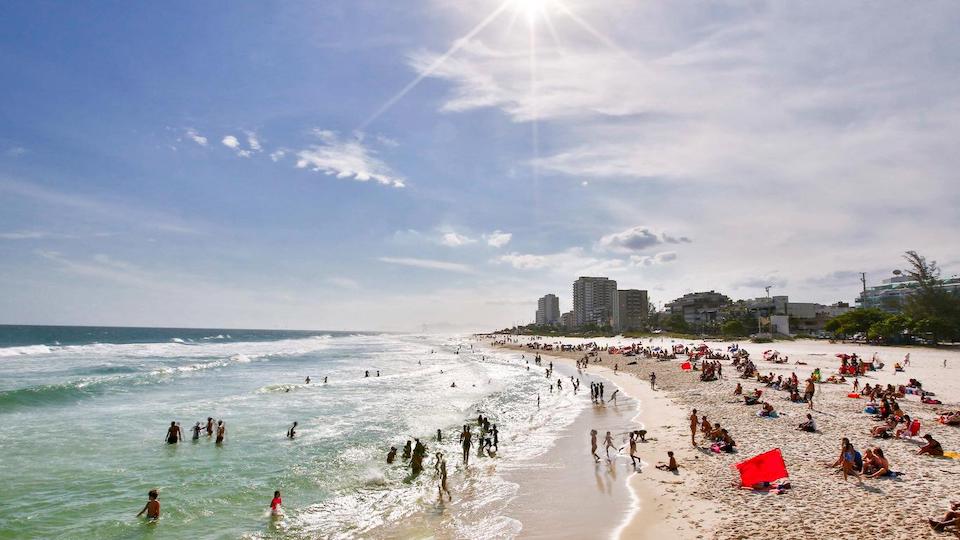
The longest beach in Brazil, Barra Da Tijuca is nearly 18km long. During the 2016 Olympic Games, the Barra Da Tijuca beach was the venue for many sports events such as longboarding, shortboarding, windsurfing, kitesurfing, windsurfing, etc. due to the weather and water conditions here very favorable for these sports. Along the coast there are quite a few schools that teach these sports for you to join.
Rio Carnival
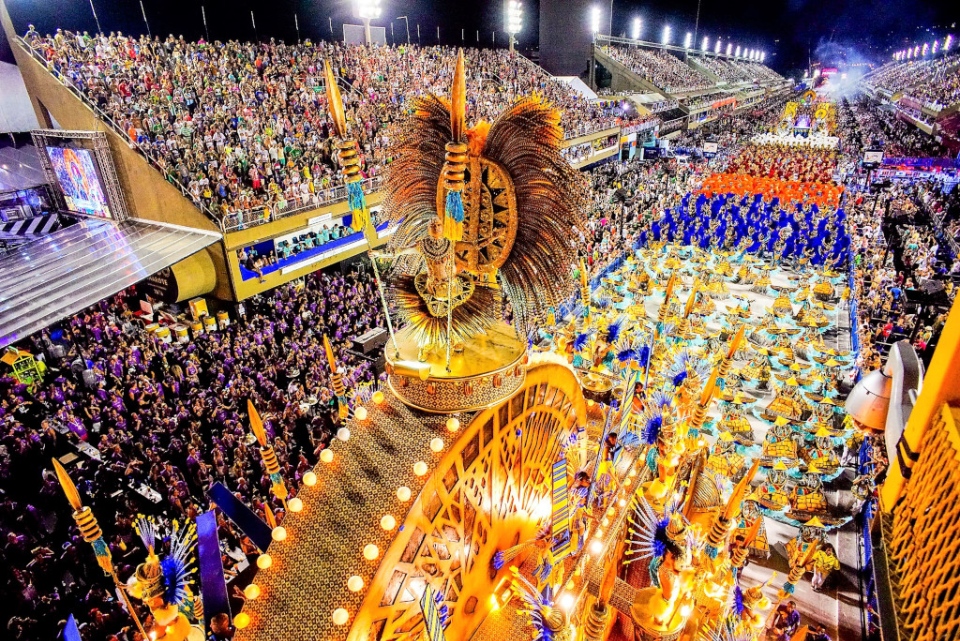
Rio Carnival is the most famous street festival in Brazil, held annually in the Sambodromo neighborhood, with the focus of samba parades of famous dance schools in Brazil. Participating in the carnival, people will dress up in splendid costumes and accessories, join the street parade, admire the fiery performances of dancers, dance to samba tunes. Busy and immersed in the colorful space in the city of Rio de Janeiro.
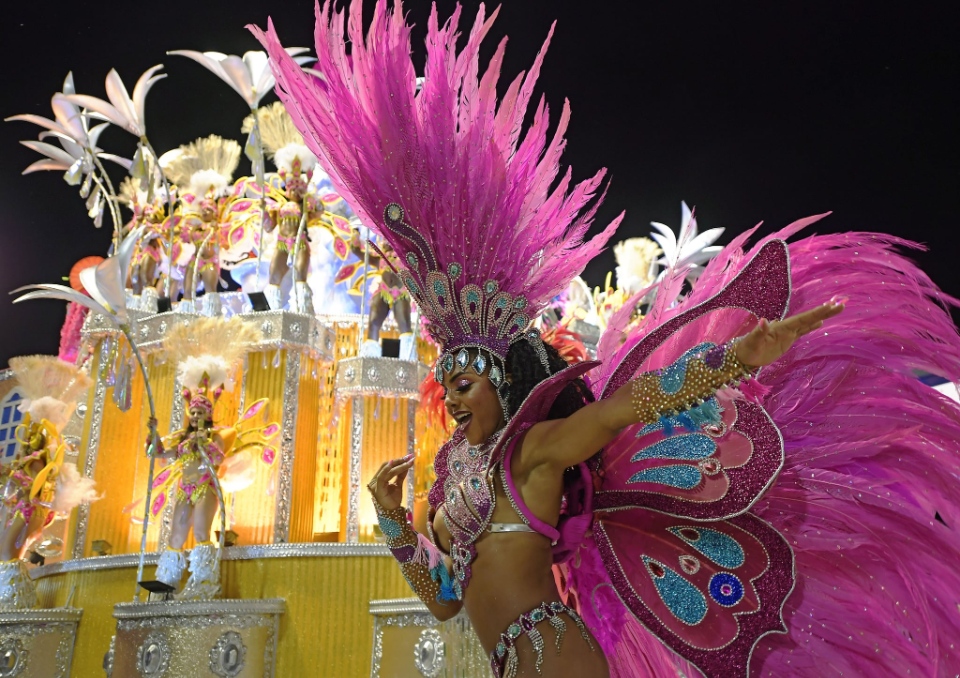
The Rio Carnival event held at the Sambadrome streets with many parades of famous dancers has attracted millions of domestic and foreign visitors.
The Metropolitan Cathedral of Saint Sebastian

This church has a strange but modern architecture, designed by architect Edgar Fonceca, built from 1964 to 1979. This church has 4 huge doors, about 64 m long and hundreds of stained glass mosaic windows. Located in the heart of Rio, Metropolitan Cathedral of Saint Sebastian has the architecture like a pyramid in Egypt. The church can accommodate up to 20,000 people and is a religious site that attracts foreign tourists when visiting the city of Rio.
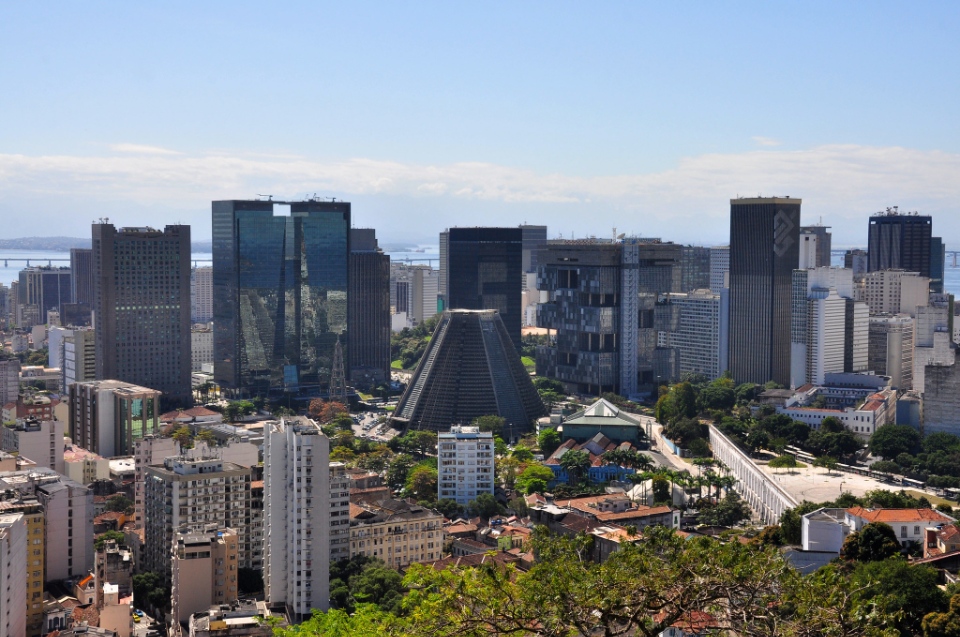
Maracana Stadium
Address: Av. Pres. Castelo Branco, Portão 3 – Maracanã, Rio de Janeiro – RJ, 20271-130, Brazil
Maracana is a major stadium and the venue for important sporting events in the world. This place stores images of Brazilian football talents through the ages, as well as a place to honor the country’s illustrious football background. This is the mecca of “soccer” in the world as well as in Brazil. The stadium is not only the largest in the world, but also a place to save unforgettable memories for Brazilian football when the national team lost to Uruguay in the 1950 World Cup final.
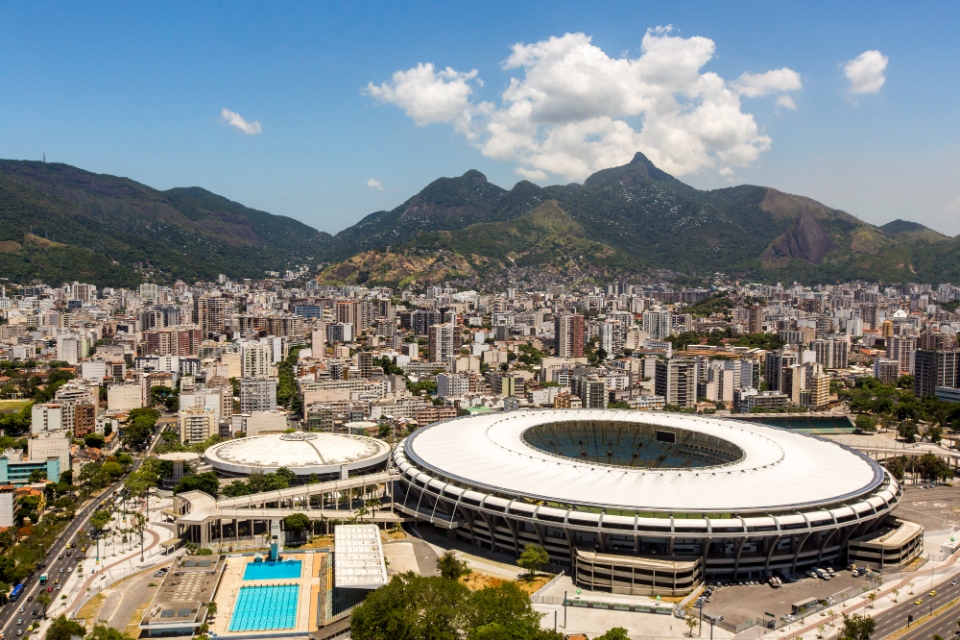
Inaugurated in 1950 when the 4th World Cup was held in Brazil, Maracana is the pride of Brazilian people in general and Rio de Janeiro in particular. This stadium has a capacity of nearly 200,000 people, but after many renovations, that number has been reduced to half. Currently, Maracana is mainly used for football matches between major football clubs in Rio de Janeiro.

Experience the cable car ride up Sugarloaf Mountain

You can take a cable car ride to go up the mountain, enjoy the panoramic view of the city located on the coast, surrounded by romantic green mountains. At the top of the mountain there are many restaurants, cafes, souvenir shops, and many benches for visitors to enjoy the views and relaxing. This is where you can watch the spectacular sunset over Guanabara Bay.
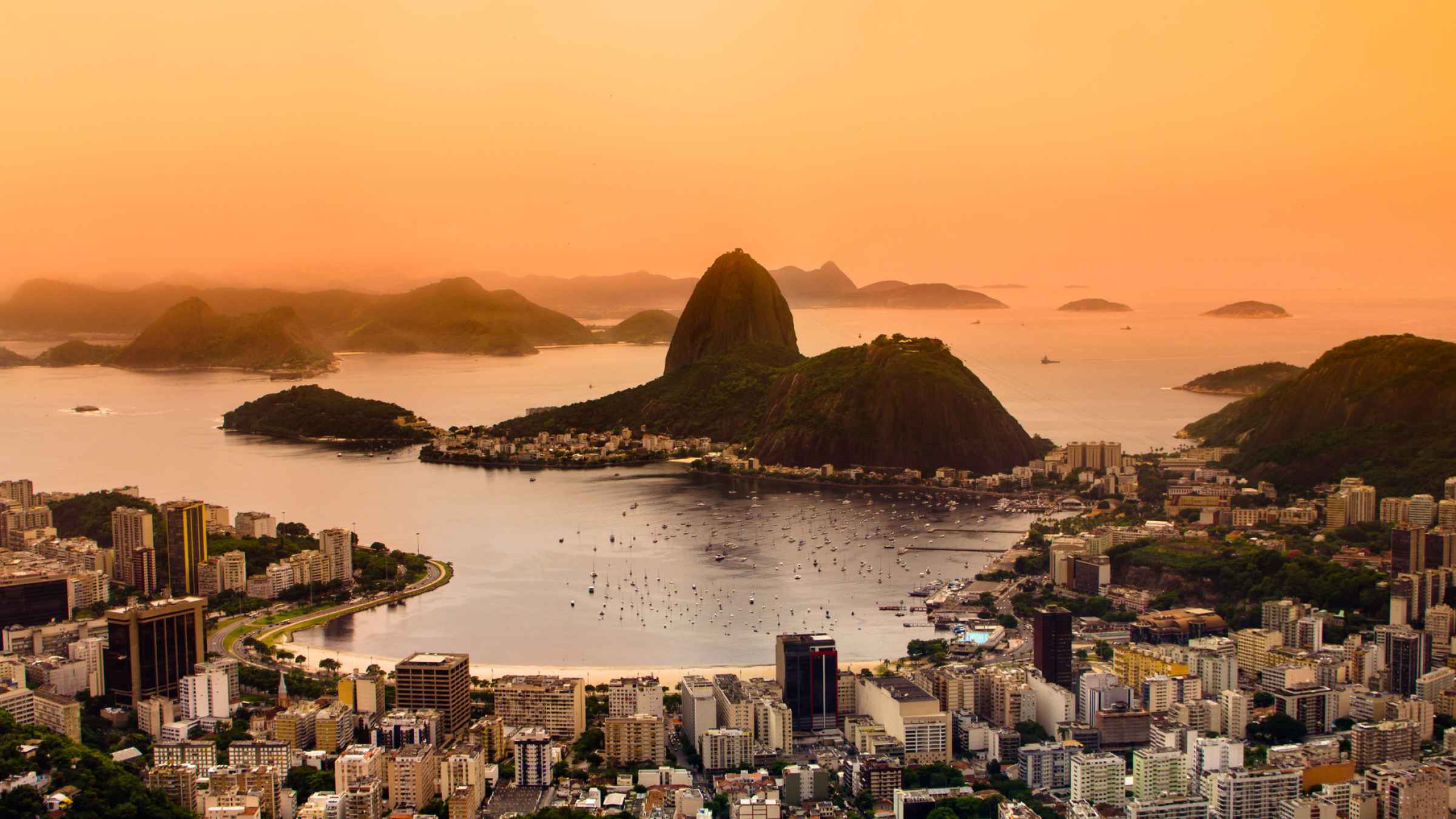
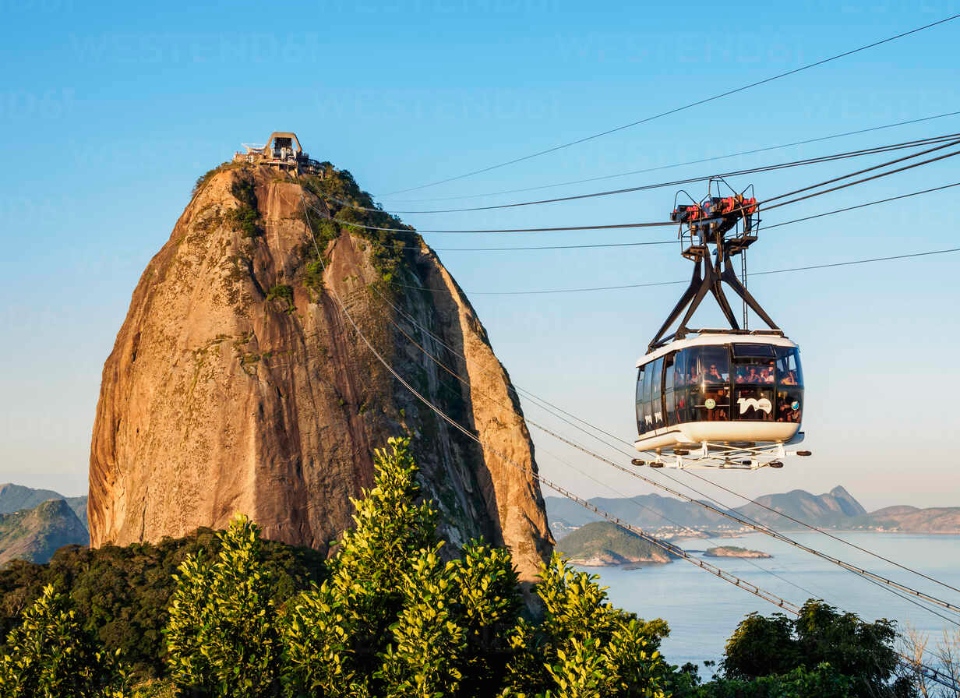
Santa Teresa Old Quarter
Peace and joy are the first impressions that visitors will feel when coming to this old quarter. At the same time, visitors will also encounter ancient churches standing firmly on high mounds, imbued with the culture of the people here.
The pretty little streets paved with crushed stone or cobblestoned roads will lead visitors to the lovely old houses that are winding gently along the hillside. Most of these houses were built in the 19th century, so it always evokes a very unique nostalgia about a land rich with unique cultural features. This is also one of the place for festival lovers because the great festivals of Brazil are often held here.
Escadaria Selaron
Address: R. Manuel Carneiro – Santa Teresa, Rio de Janeiro – RJ, 20241-120, Brazil
The project started construction in 1990 with the original name of Rua Manuel Carneiro. The work is a staircase consisting of 250 steps and 125 m high. Originally, Escadaria Selarón was built by a painter and sculptor who came to live in Rio de Janeiro in 1983. He created colorful paths with ceramic tiles right in front of his house.
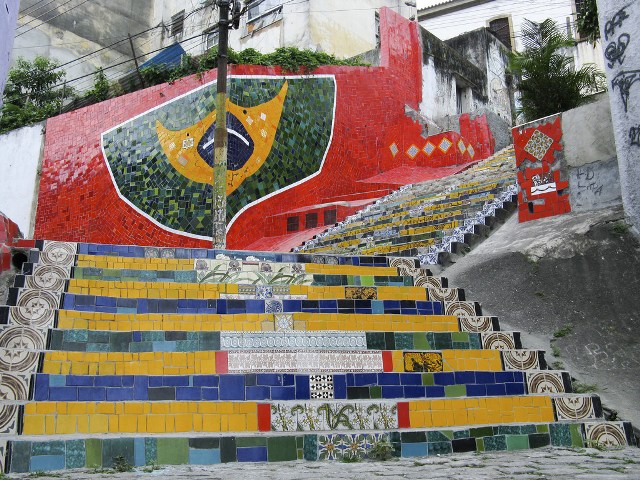
Because the neighborhood is located on a hill, most of the roads here are quite steep. Some small paths are only for walkers, so they are mainly built in the form of steps. He got money by selling his paintings and works to collect thousands of ceramic tiles from more than 60 countries around the world, mosaic for Escadaria Selarón into one giant picture.
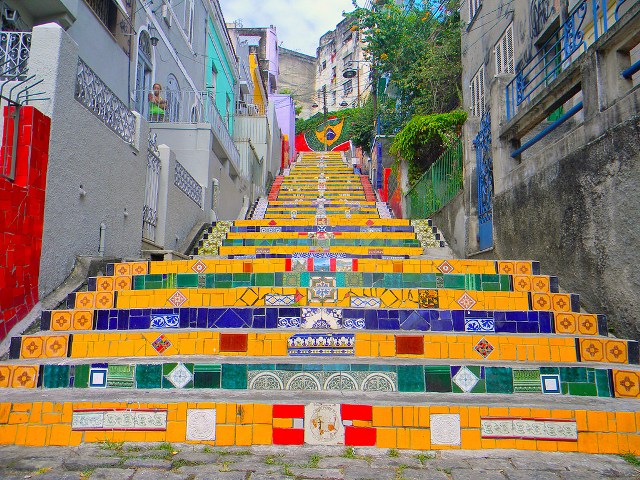
Since its completion in the early 2000s, the Escadaria Selarón steps has captured the world’s attention, appearing on the covers of famous international magazines such as National Geographic and Time. Escadaria Selarón today has become a tourist attraction, especially for photographers who are passionate about colorful, hot colors.
Rio de Janeiro Botanical Garden or Jardim Botânico
Address: R. Jardim Botânico, 1008 – Jardim Botânico, Rio de Janeiro – RJ, 22460-030, Brazil
Hours: 8AM–5PM
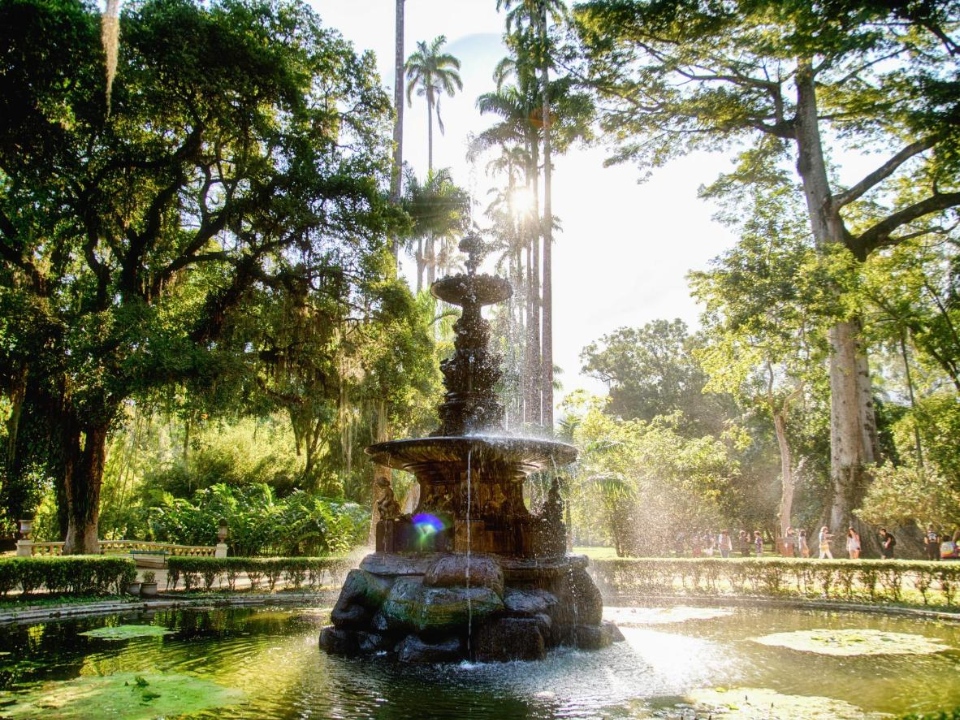
If you are a nature lover, when coming to Rio de Janeiro, you should not miss the opportunity to come to the Jardim Botanico garden. Here, visitors will admire the wonderful natural scenery with more than 5,000 rich plant species, including those dating back to the Jurassic period. Besides, Tijuca Forest is one of the city’s largest forests in the world.
Tijuca National Park
Address: Estr. da Cascatinha, 850 – Alto da Boa Vista, Rio de Janeiro – RJ, 20531-590, Brazil
Hours: 8AM–5PM
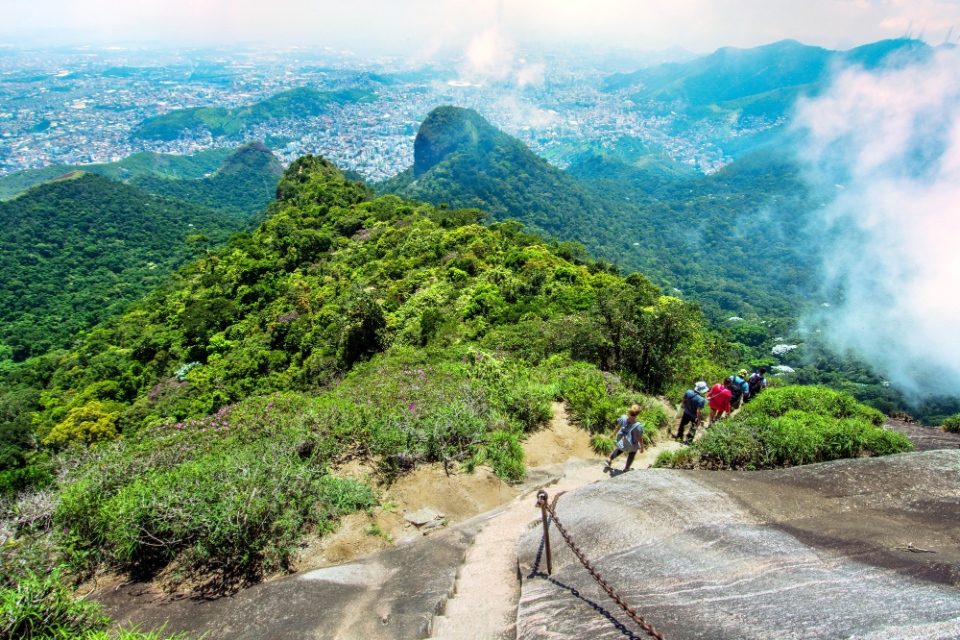
Tijuca forest is a primeval forest in the heart of the city of Rio De Janeiro and is the largest forest in the heart of the city in the world. Tijuca forest is about 120km2 wide, it will be an interesting place for those who like to walk under the jungle canopy, enjoy adventure when crossing bumpy paths, majestic waterfalls and mingle with animals…
Fort Copacabana and enjoy a cup of Brazilian coffee
Address: Praça Cel. Eugênio Franco, 1, Posto 6 – Copacabana, Rio de Janeiro – RJ, 22070-020, Brazil
Hours: 10AM–7PM/Monday: Closed
Located south of Copacabana beach, the fortress is a military base built on an excess of Copacabana beach. In 1908, the Brazilian military began construction of a modern coastal defense fortress to protect Copacabana beach and the entrance to the city’s harbor.
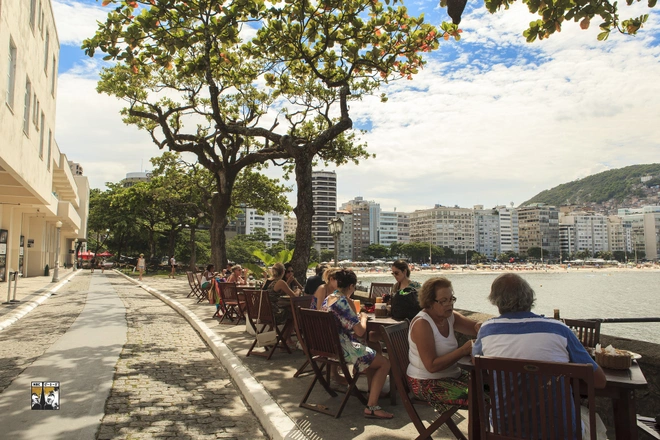
Today, visitors often come to the fortress, in addition to visiting the Brazilian military history museum, and also enjoy a romantic sunset at the beach with a cup of Brazilian coffee with a characteristic aroma. Summer 2016 Olympic Games hosted 2 long distance swimming and triathlon starting at this fortress.
Cruising around Guanabara Bay

In 1502, Portuguese explorers landed at Guanabara Bay. They mistook this for a river. It was January, so they took the name Rio (river) and Janeiro (January) to put together Rio de Janeiro for the city name. The name of Guanabara Bay is translated quite poetically: “the breast of the sea”. In addition, Rio is also nicknamed Cidade Maravilhosa – the marvelous city. Taking a cruise on the bay, visitors will immerse themselves in the modern works of Rio city such as the 13.2 km long Rio-Niterói sea bridge, Santa Cruz fortress and panoramic view of Santos Dumont airport located in the heart of the city. city.
Rio-Niterói Bridge

The longest bridge in the southern hemisphere is the Rio-Niterói, connecting Rio de Janeiro and Niteroi in Brazil, with a length of more than 13.3 km. The bridge is a typical Brazilian architecture that is ranked in the top of the most magnificent bridges in the world.
Rio de Janeiro travel blog: What to eat?
In addition to famous tourist attractions, the great food in Rio de Janeiro is also something you should not miss. The cuisine here is a unique combination of the cuisines of many famous countries such as Japan, Chile, and Spain. You can even find Vietnamese dishes such as Pho (beef noodle soup), spring rolls, braised fish…
Feijoada

Coming to Rio de Janeiro, you can try to enjoy dishes like Feijoada, a signature traditional Brazilian dish made from black beans stewed with meat.
Churrasco
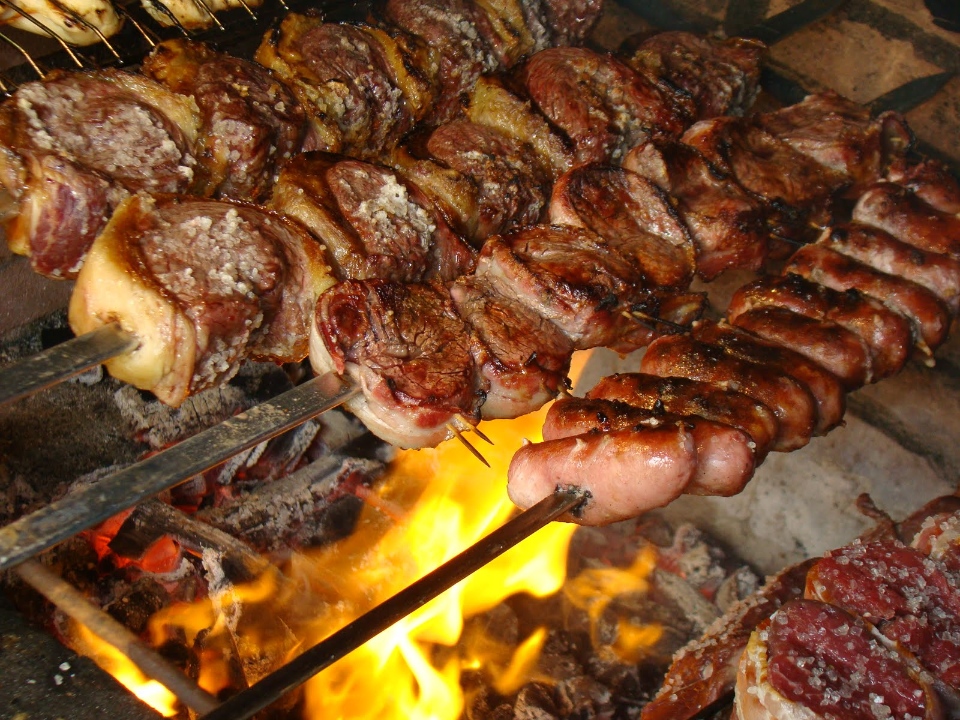
Churrasco barbecue is one of the most typical dishes of this South American country. The type of meat to grill can use beef, pork, chicken marinated in spices and skewered on each skewer. You will come across grilled meat skewers stalls right on the streets, the sweet aroma seducing all visitors.
Pao de Queijo

This is a cake with a crispy golden outer shell combined with a soft inner filling made of greasy butter, condensed milk and guava powder. Pao de queijo is a very popular snack in Brazil.
Tapioca crepe
This is a popular breakfast in Brazil made from pancake shells and sandwiched inside sweet, fatty avocado and banana slices.

Some other unique and famous dishes you should try such as: Acai, Coxinhas, Brigadeiro, Pastel Frito de Frango, Feijoada, Beijinho de Coco, Creme de Papaya, Empadão, Churros, Empanada…
Rio de Janeiro blog: What to buy?
Coming to Rio de Janeiro, visitors can shop for souvenirs very typical of a South American country. Some items you should buy as a gift when traveling in Rio de Janeiro are sarongs, goiabada (guava paste) which is a preserve made simply from guava and sugar), Sugar Loaf mountain miniature souvenirs, small statues of Christ the Redeemer, “I Love Rio de Janeiro” t-shirts, a pair of authentic Havaianas Flip Flops…


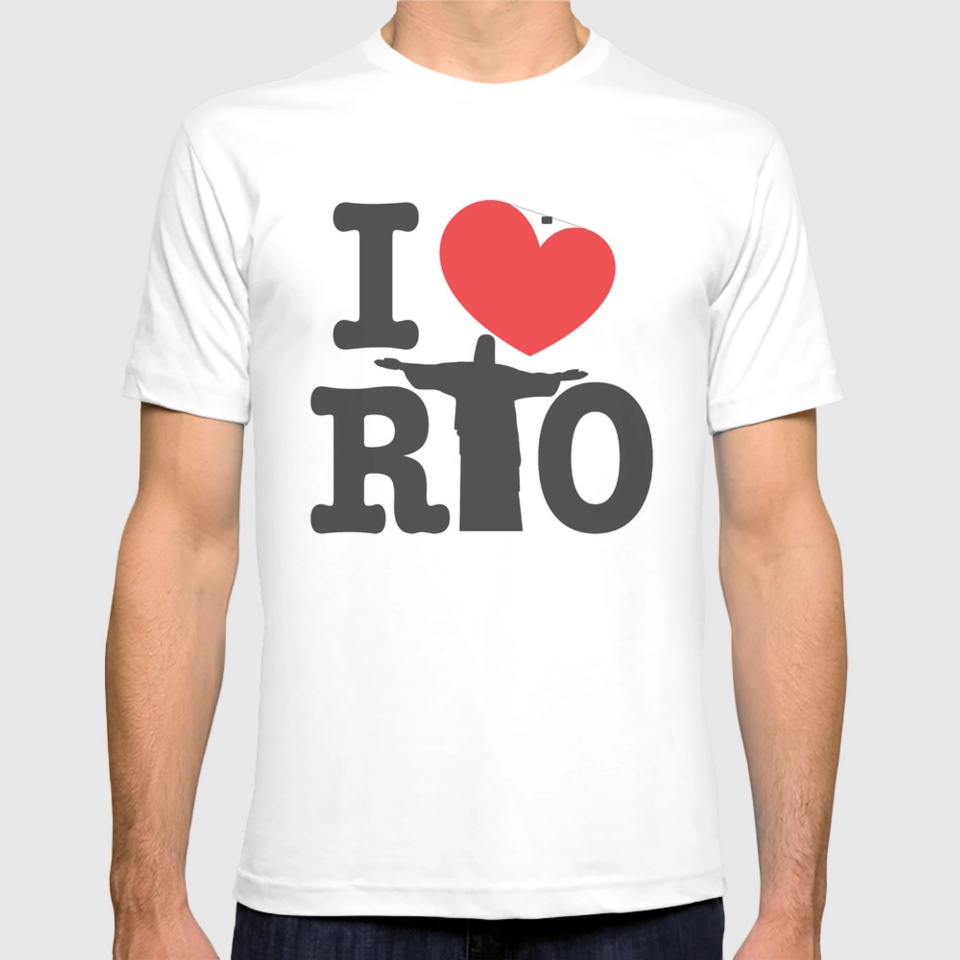
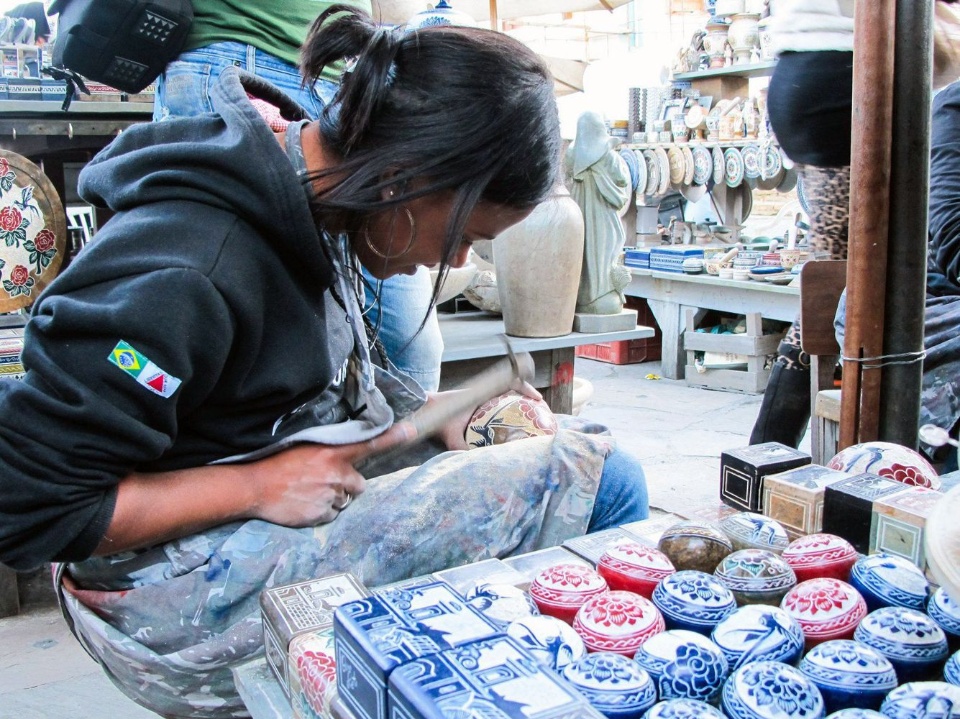

Visitors can also go to the Hippie fair in Ipanema to choose from creative and unique gifts for loved ones or simply a souvenir for yourself. You can wander around the market and pick up beautiful handcrafted jewelry, clothes or bags. Be sure to look out for the weekly stalls that sell handmade boxes with wooden linings or the stalls that sell bowls and coasters made of dried beans and plastic. These will be very unique gifts!
Read more: What to buy in Brazil? — 18+ must buy, top Brazilian souvenirs & best things to buy in Brazil.
Rio travel blog: Where to stay?
Below we recommend more best budget, mid-range and upscale hotels with good ratings and reviews you can refer to.
- Riale Brisa Barra Hotel (Agoda, Booking)
- Rio Othon Palace Hotel (Agoda, Booking)
- Miramar Hotel by Windsor (Agoda, Booking)
- Ibis Rio de Janeiro Santos Dumont (Agoda, Booking)
- Orla Copacabana Hotel (Agoda, Booking)
- Hilton Barra Rio de Janeiro (Agoda, Booking)
- Sheraton Grand Rio Hotel & Resort (Agoda, Booking)
- LSH By OWN (Agoda, Booking)
Check out more top and best hotels in Rio via Agoda.com or Booking.com.
Rio de Janeiro guide: Some things to note before traveling to Rio de Janeiro
- If possible, learn some basic Portuguese words and phrases to communicate when needed because the Rio people speak English with a bit difficult to understand. In your luggage, remember to prepare a pair of slippers or spacious shoes for comfort when walking.
- The slums in Rio de Janeiro, Brazil are also one of the interesting places to visit once when coming to Rio. However, you should be guided by a local and should not bring valuables.
- Be careful with money and personal belongings when going out on the street or in crowded places, because pickpocketing in Rio de Janeiro is quite serious.
- Copacabana has a separate bike path. If walking, you should follow the right footpath, because driving in Rio de Janeiro is quite reckless.
Some best day tours, trips, activities and transfer services, tickets in, from and to Rio de Janeiro you can refer to
- Rio: Christ the Redeemer Official Ticket by Cog Train
- Rio de Janeiro: Sugarloaf Cable Car Official Ticket
- Rio: Maracanã Stadium Official Entrance Ticket
- From Rio de Janeiro: Angra dos Reis Boat Trip with Lunch
- Rio: Christ the Redeemer, Sugarloaf, & Selaron Day Tour
- Rio De Janeiro: Half-Day Rocinha Favela Walking Tour
- Rio de Janeiro: Sunset Sailing Tour
- Rio de Janeiro: Favela Santa Marta Tour with a Local Guide
- Rio de Janeiro Hang Gliding Adventure
- Rio de Janeiro: 30 or 60-Minute Highlights Helicopter Tour
- Rio de Janeiro: Carnival 2023 Samba School Parade Ticket
- Rio De Janeiro: Half-Day Rocinha Favela Walking Tour
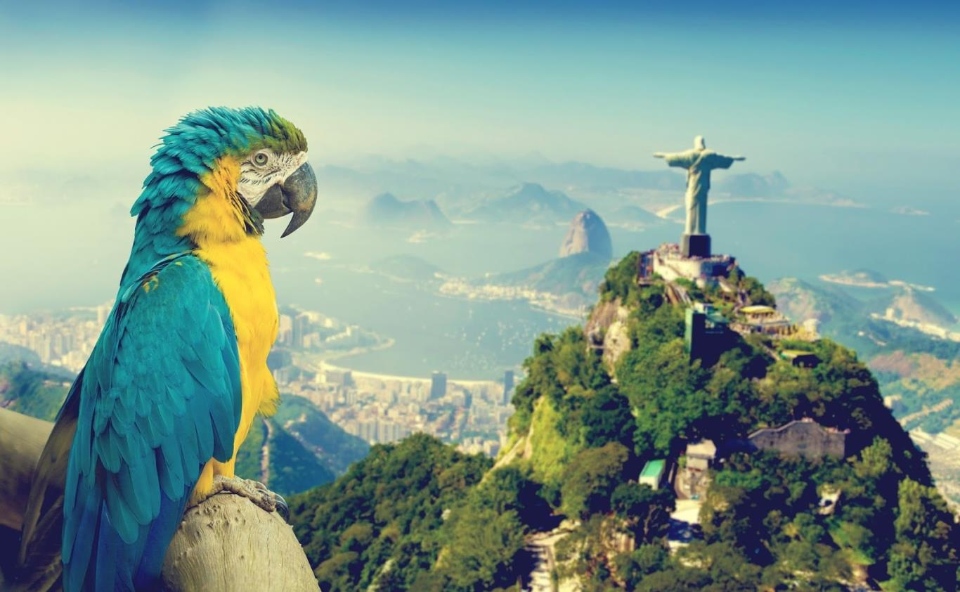
Happy traveling! Read more Brazil guide here.
































